About Medical Services
A stand-alone Division of HCCL mandated with the provision of comprehensive Medical Care Services. Dedicated Diagnostic services are available through a state of the art Medical laboratory and Radiology services. Preventive health area covers pest and vector control, disease surveillance and control, enforcement of public health statutes, monitoring employee health and health promotion as well as health education both in the work place and in the community.
Key Services
Team
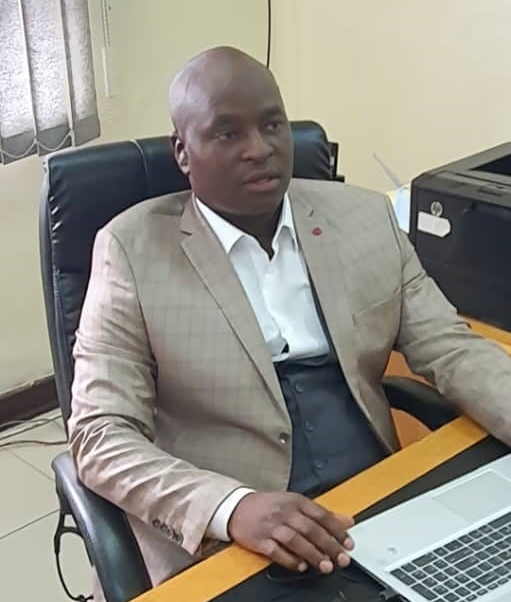
Chief Medical Officer
Head of Medical Services division which supports HCCL production by ensuring a healthy workforce by
treating illness and injuries timeously. The division consists of 12 sections including the following:
- Hospital Administration
- Nursing Services
- Medical Imaging
- Laboratory
- Pharmacy
- Physiotherapy
- Dental Surgery
- Occupational Health
- Health Services
- School of Nursing
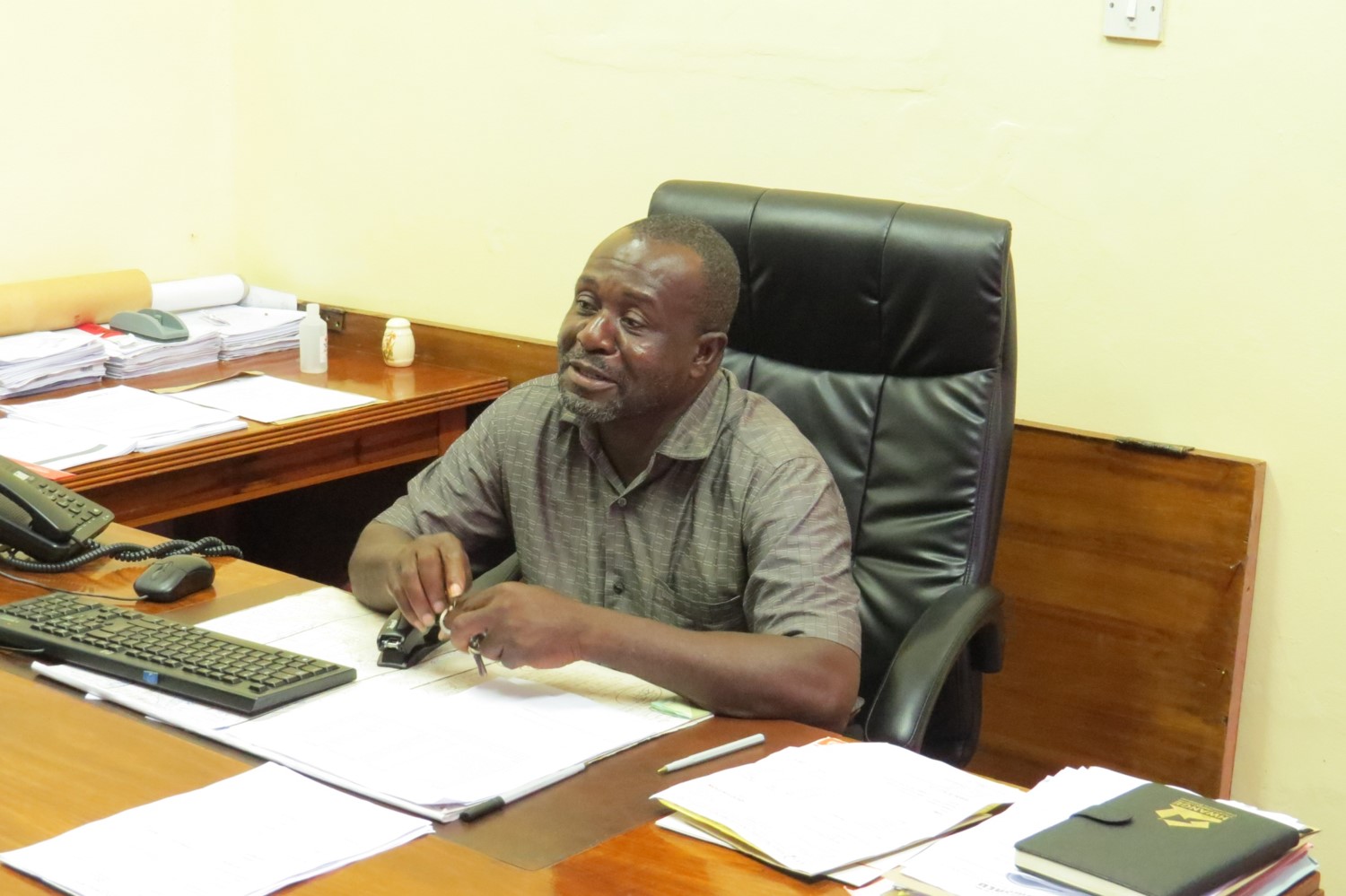
Hospital Administration Manager
Mr Ronald Roy Ndlovu heads the administration
section which includes Accounts, Ambulance services,
Sewing
room, Laundry, Domestic services and
hospital kitchen.

PA to CMO
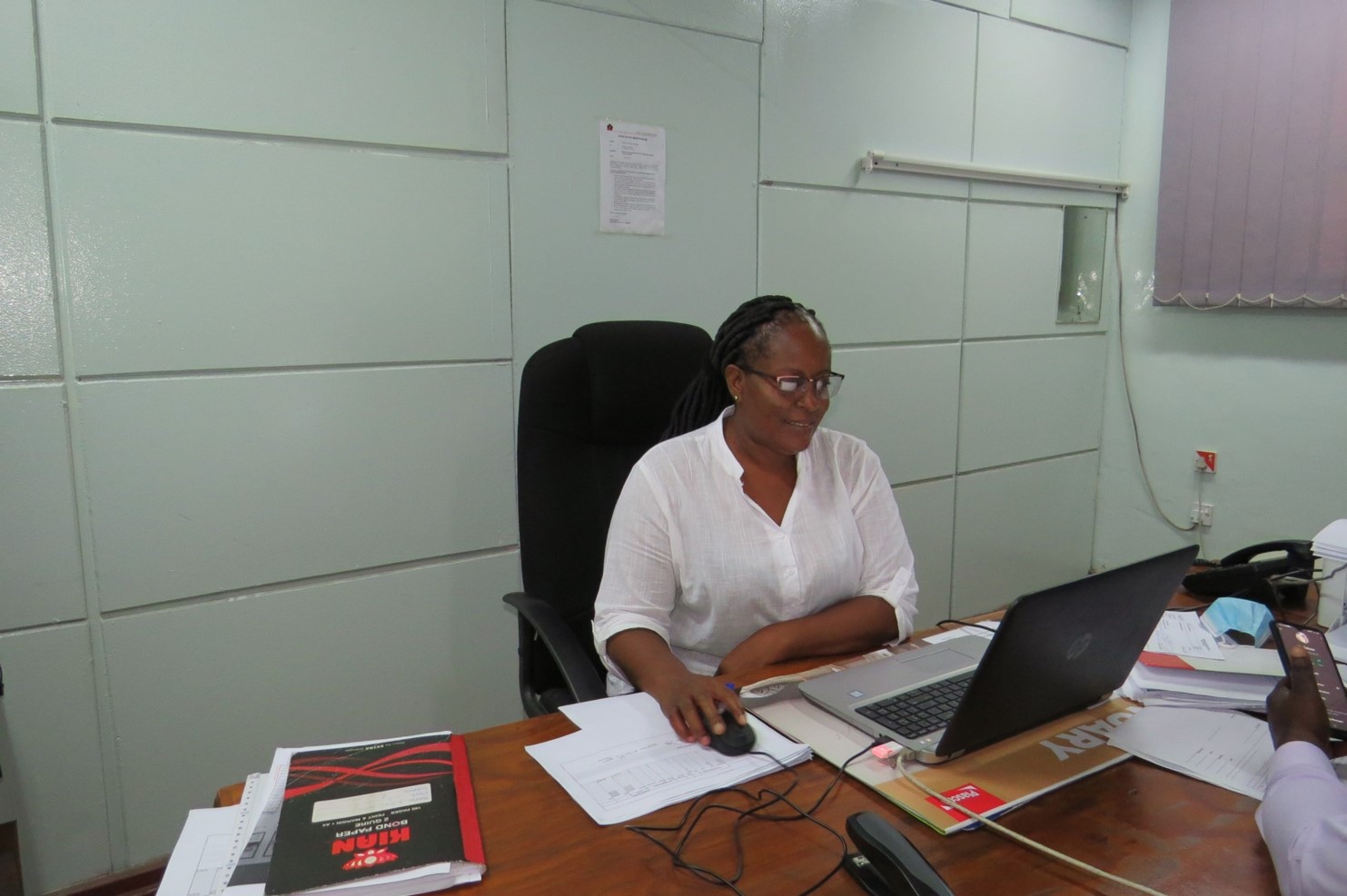
Buyer

Hospital Accounts

Hospital Laundry

Domestic Services

Hospital Kitchen
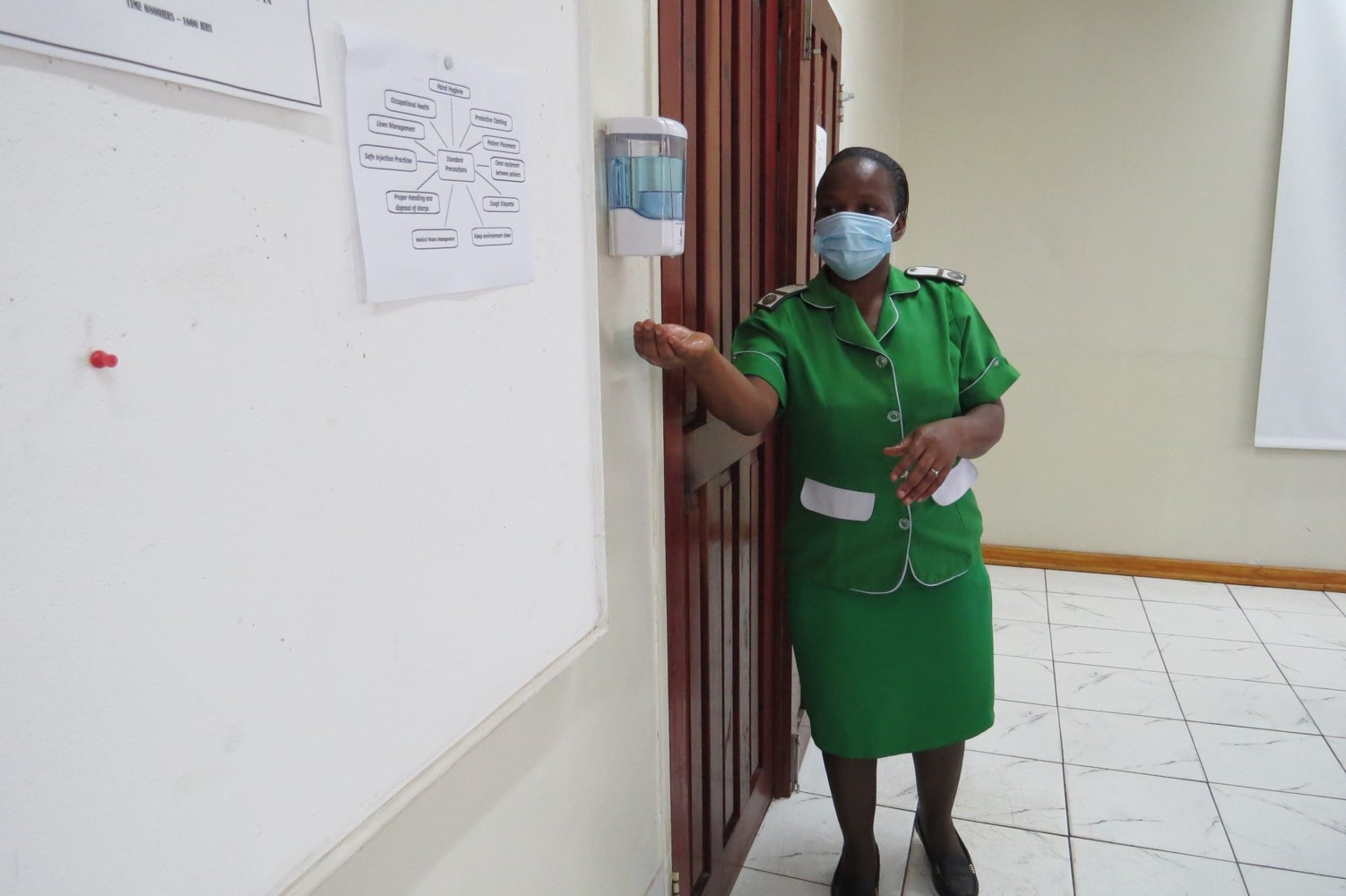
Infection Prevention & Control

CSSU

Citrus Farm

Covid-19 Isolation Centre

Maternity

Neonatal

Ophthalmic Nurse

Ambulance Services
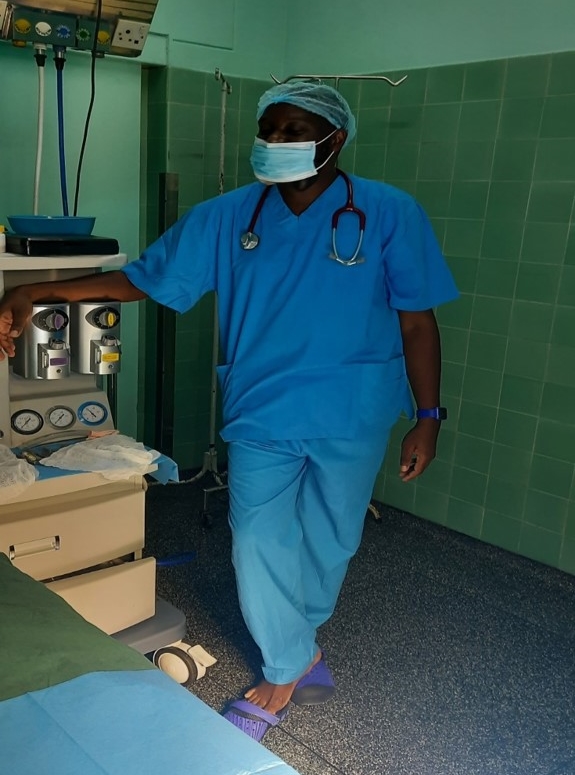
Anaesthetist
Nursing Services
The role of Nursing Services is to provide care to patients, individuals, families and the community to attain, maintain or recover optimal health and quality of life. As Nursing services, we have a wide range of specialties providing care under the following units, Out-Patients (VIAC, EPI, Counselling, Family Planning ANC and PNC), admission wards (surgery/medical & maternity), ophthalmic unit, theatre, O.I. & ART services, and community nursing.
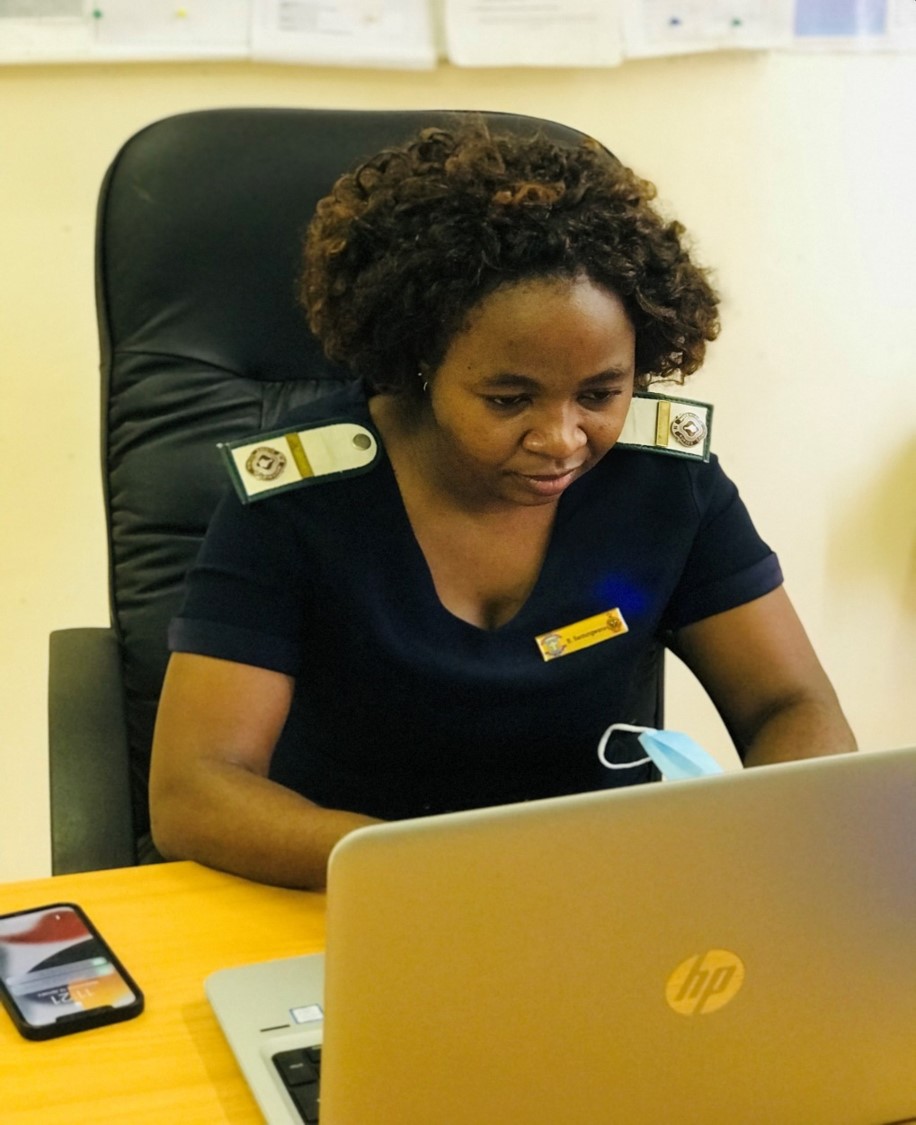
Principal Nursing Officer

PNO with Nurse Managers
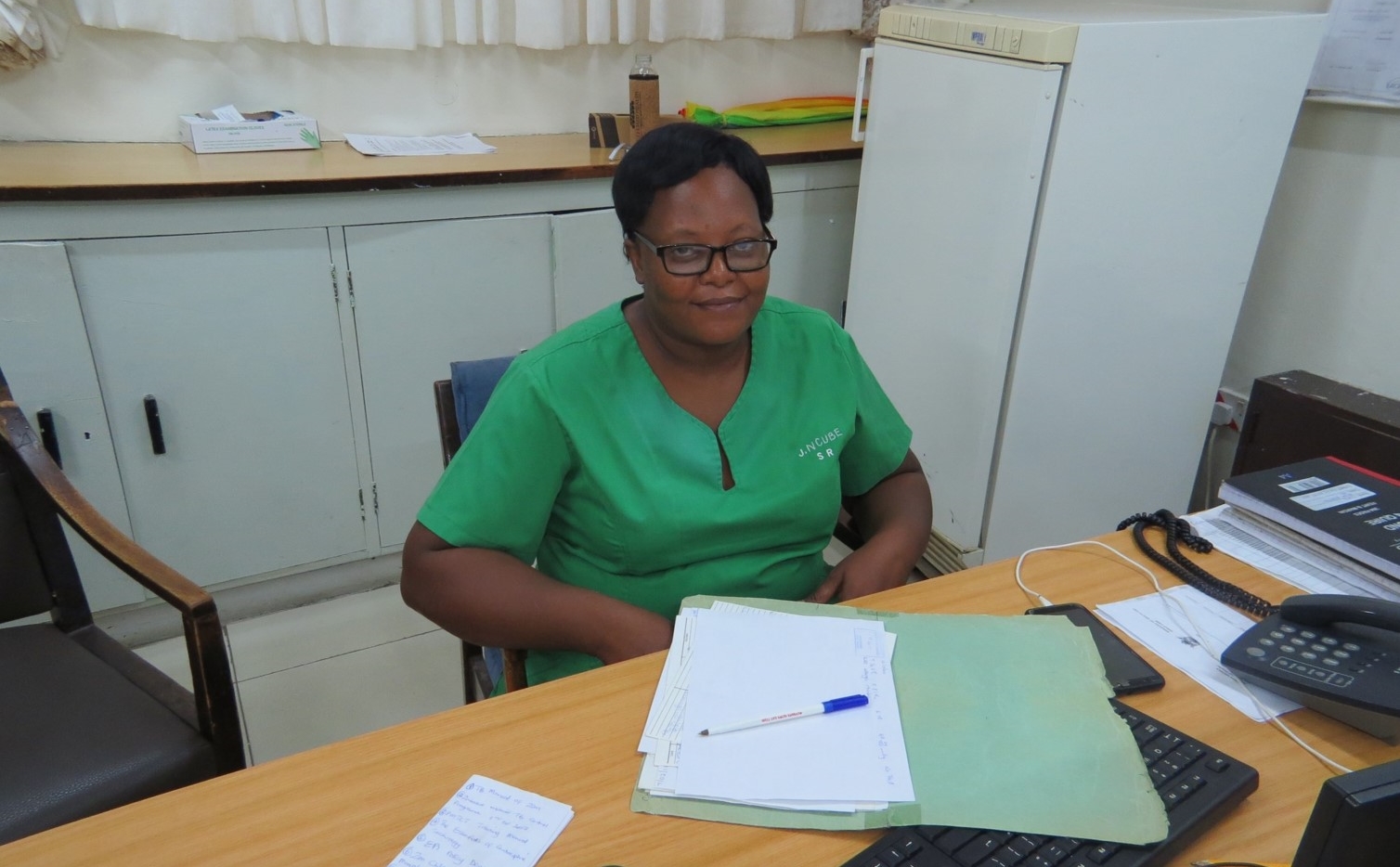
Sister in Charge - SOPD
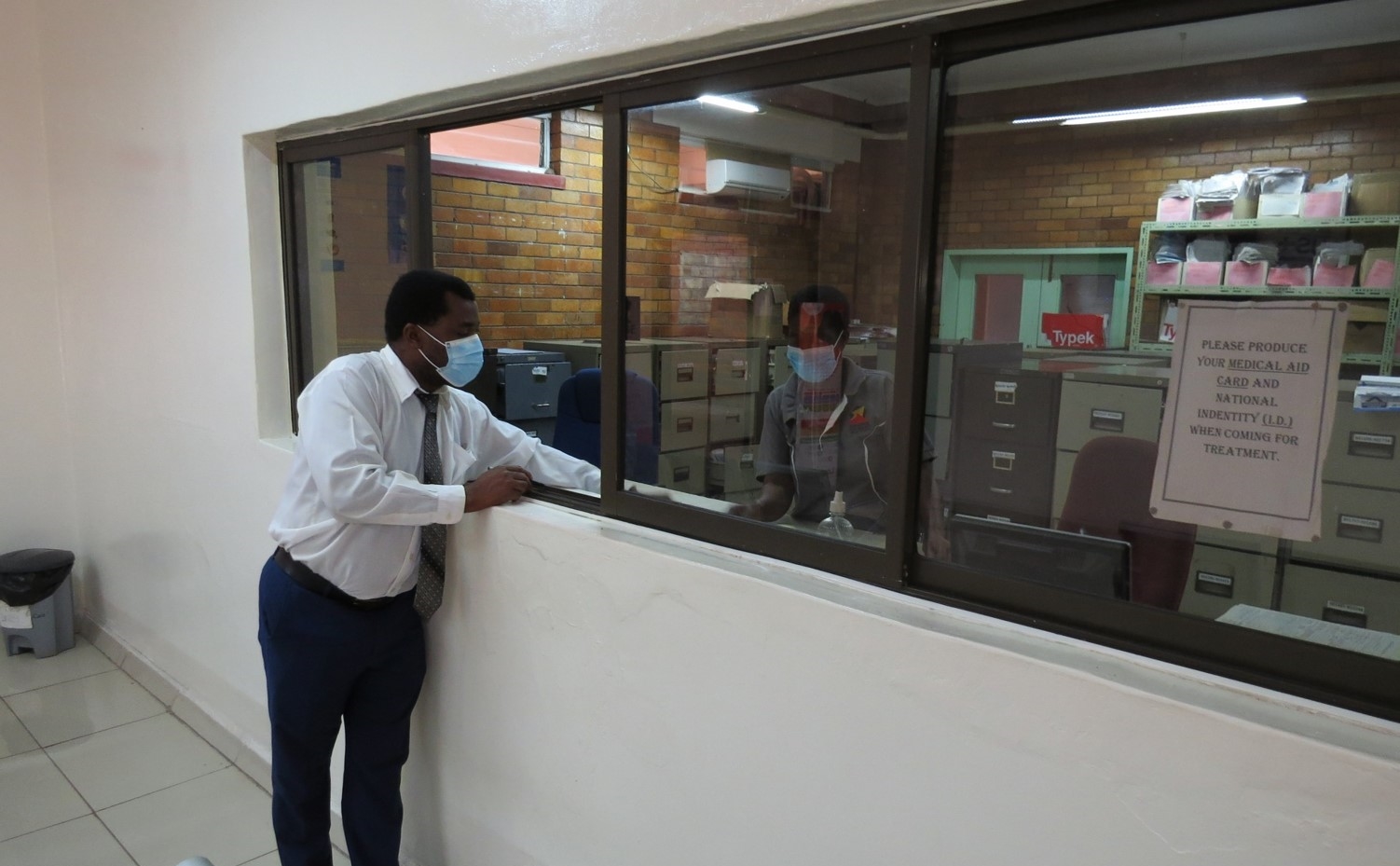
Client accessing services
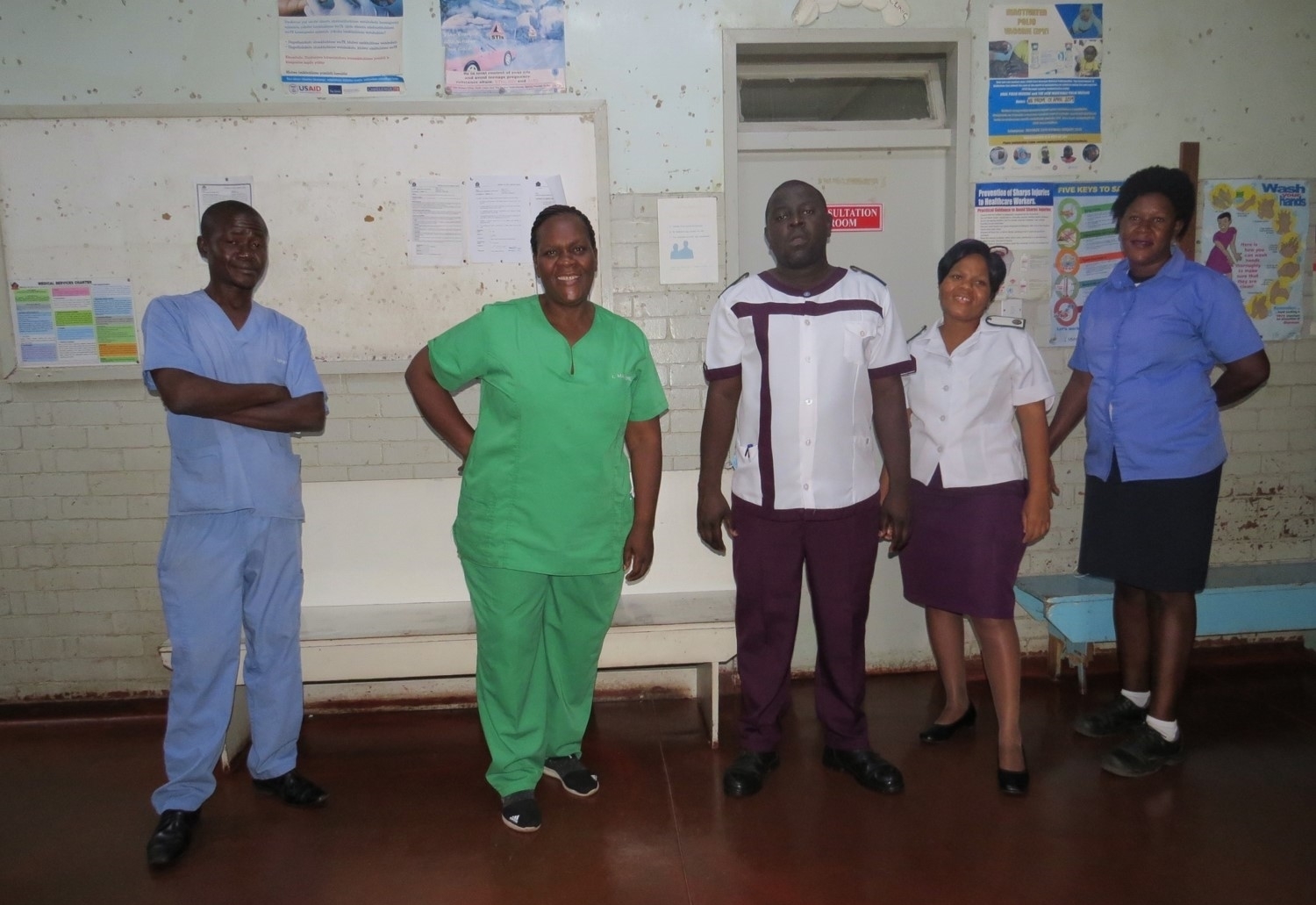
Number 3 Clinic
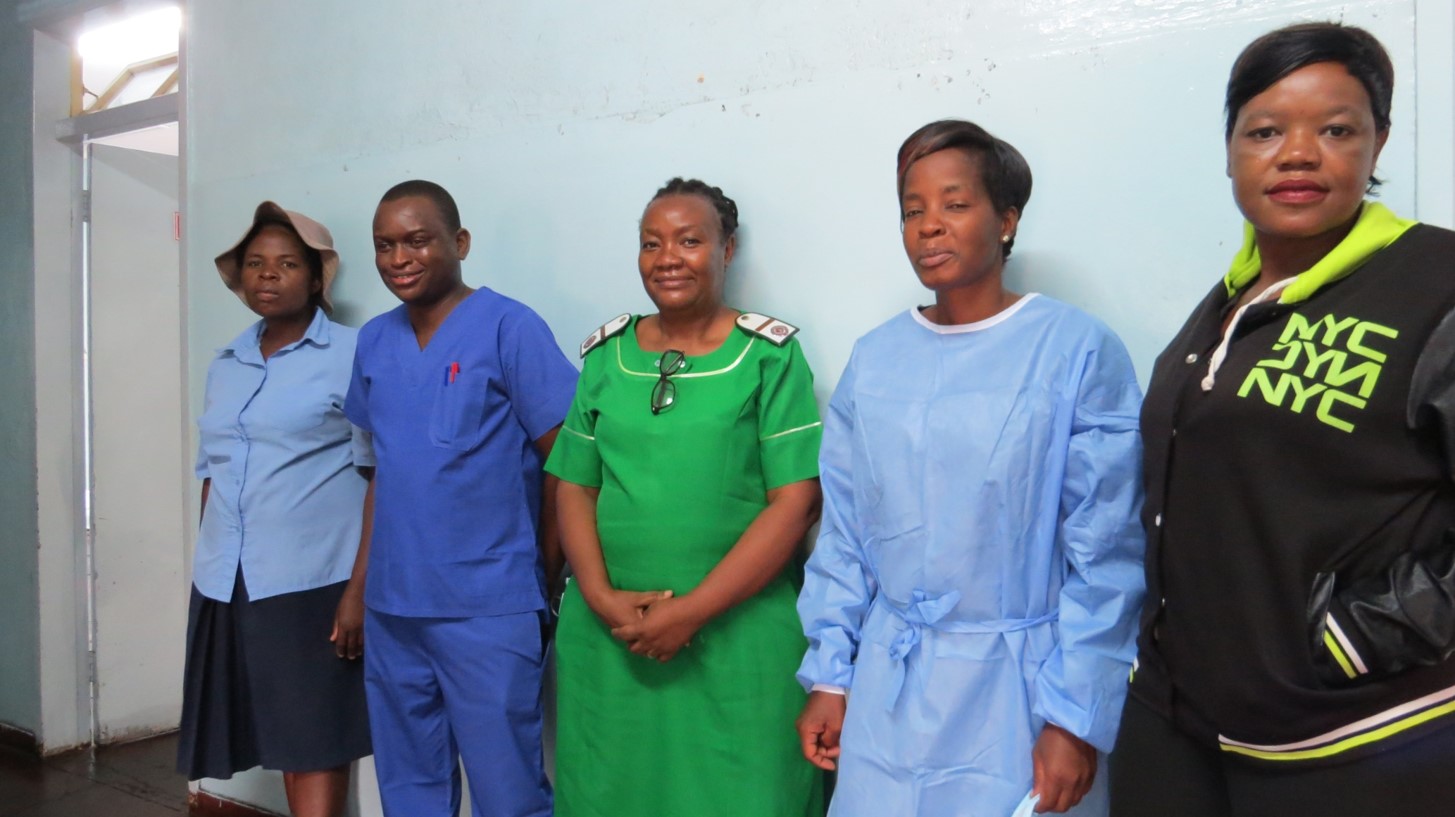
Number 2 Clinic
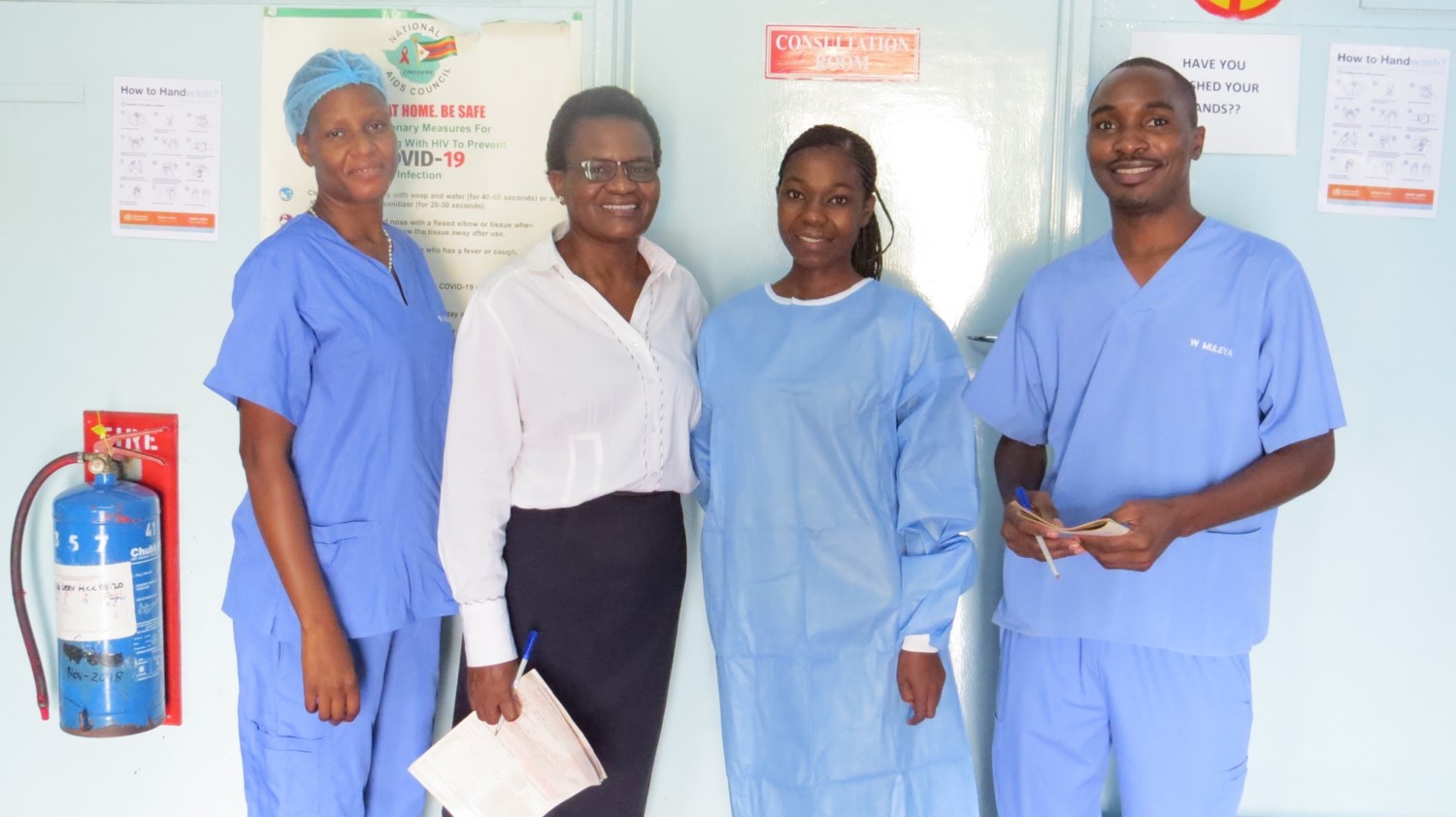
Number 1 Clinic
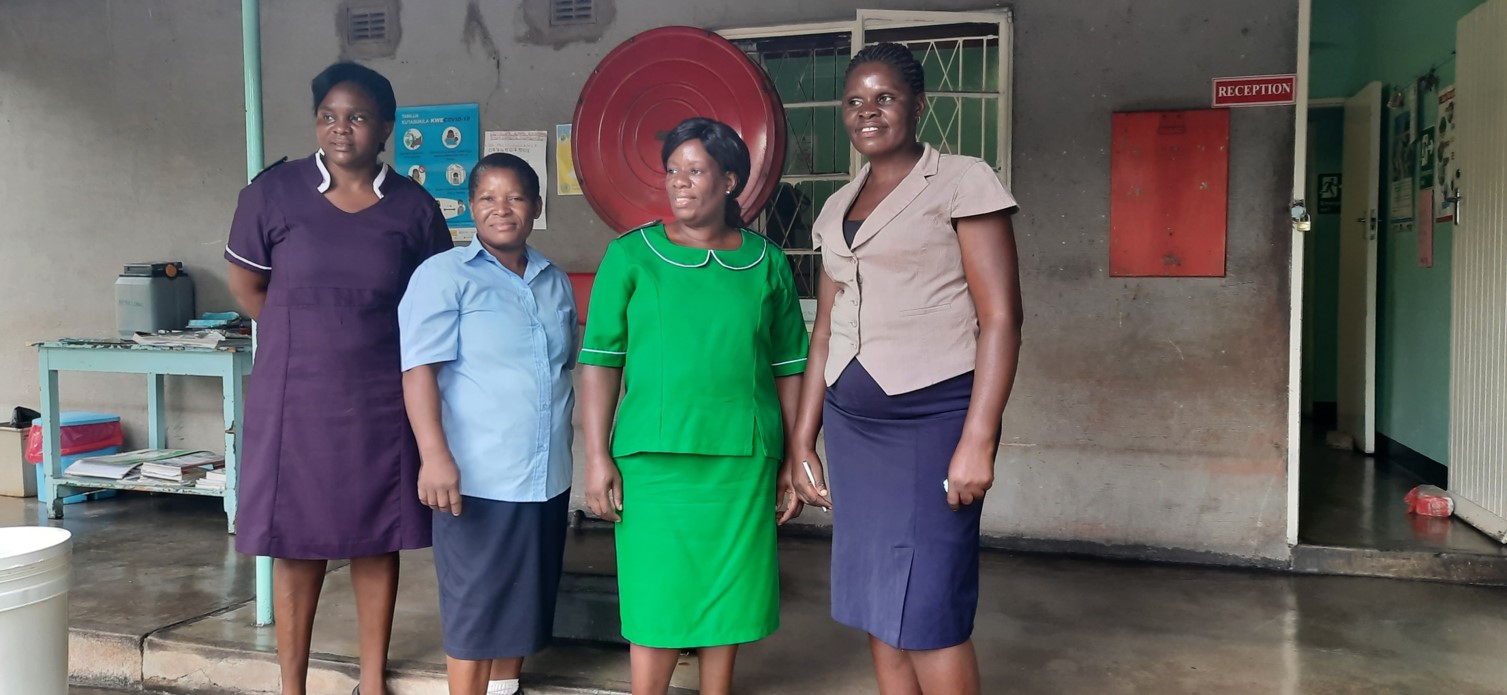
Number 5 Clinic
O.I Clinic
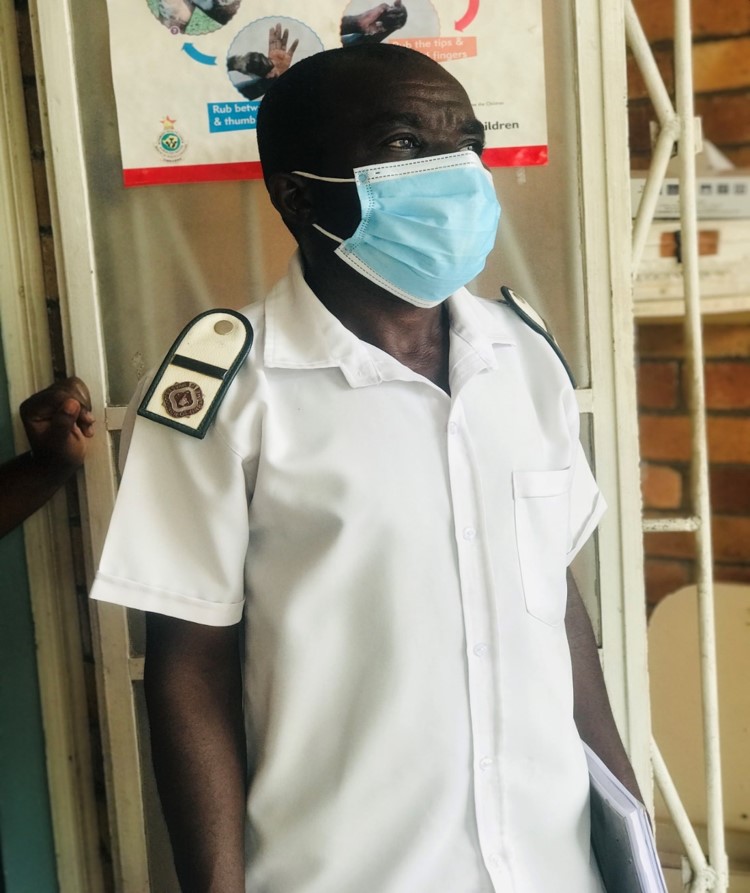
TB Coordinator, Mental Health Nurse
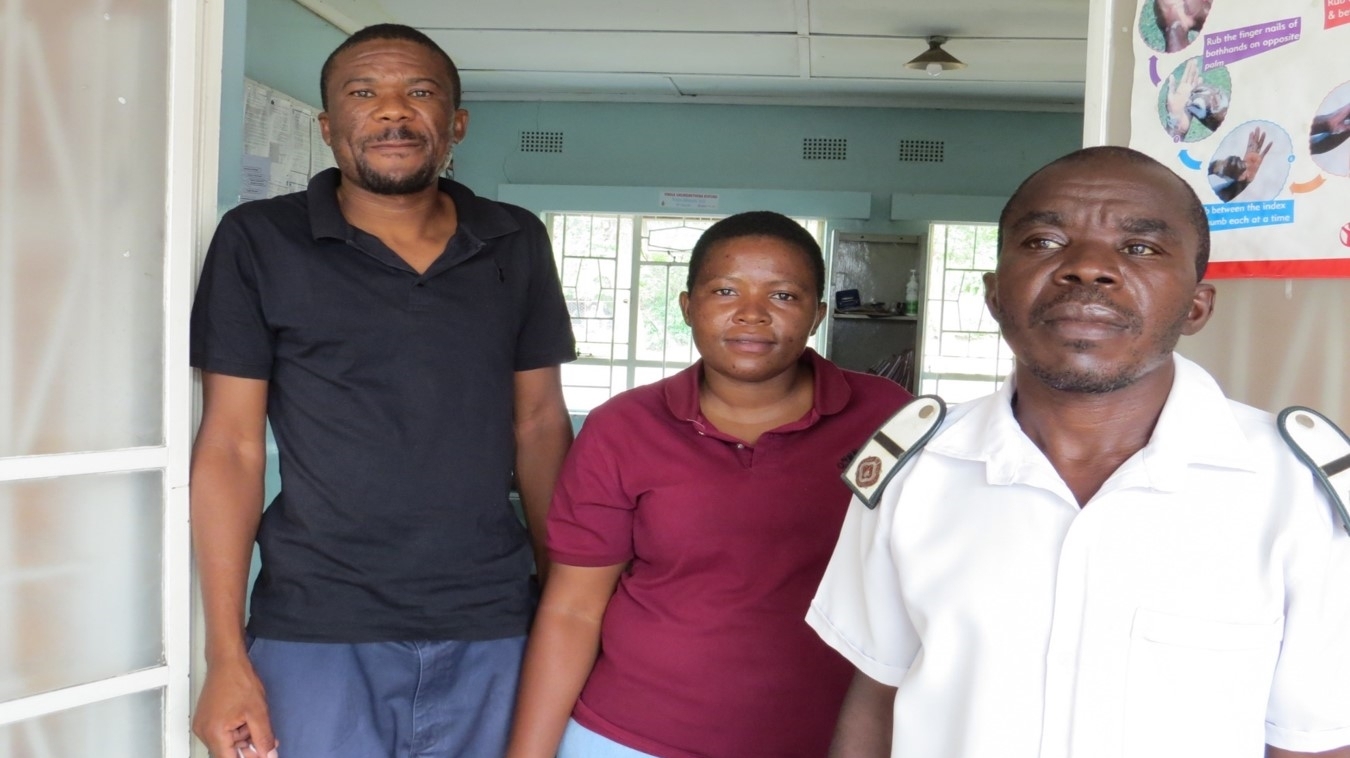
O.I Team
Operating Theatres
The theatre has the capacity to conduct minor and major surgeries conducted as emergencies or elective. Specialists like, General surgeons, ophthalmologist, Orthopaedic surgeons and Gynaecologist visit sessionally.
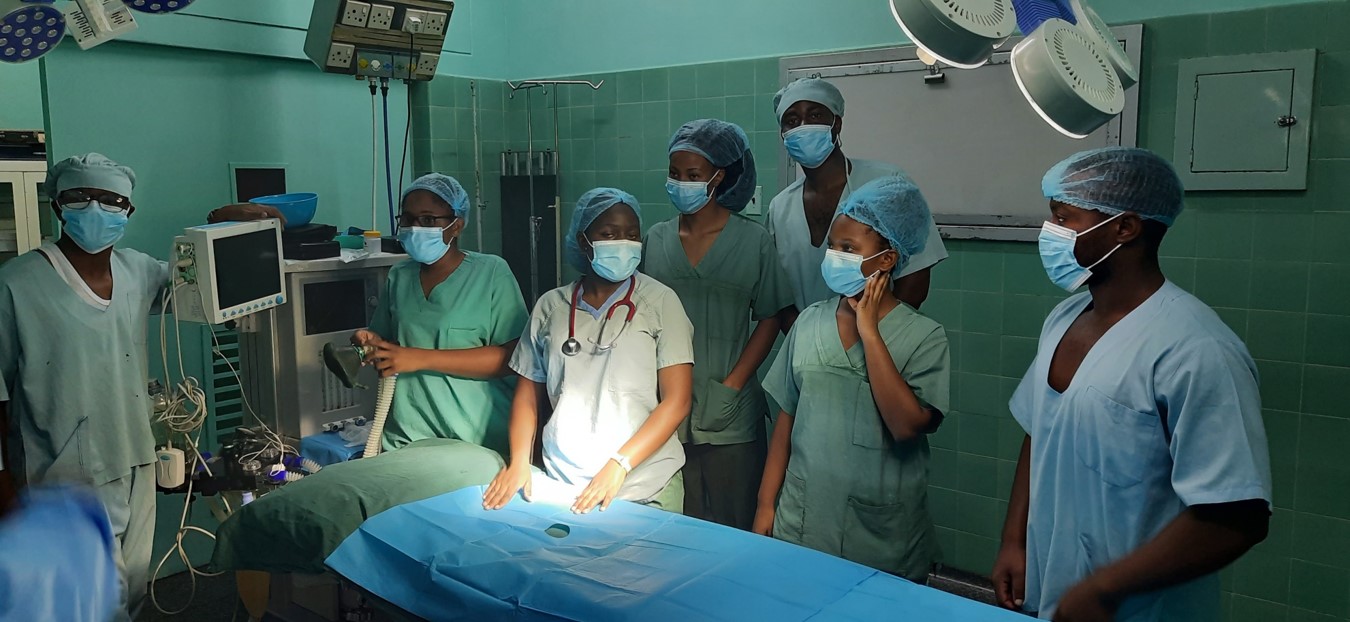
Operating Theatre
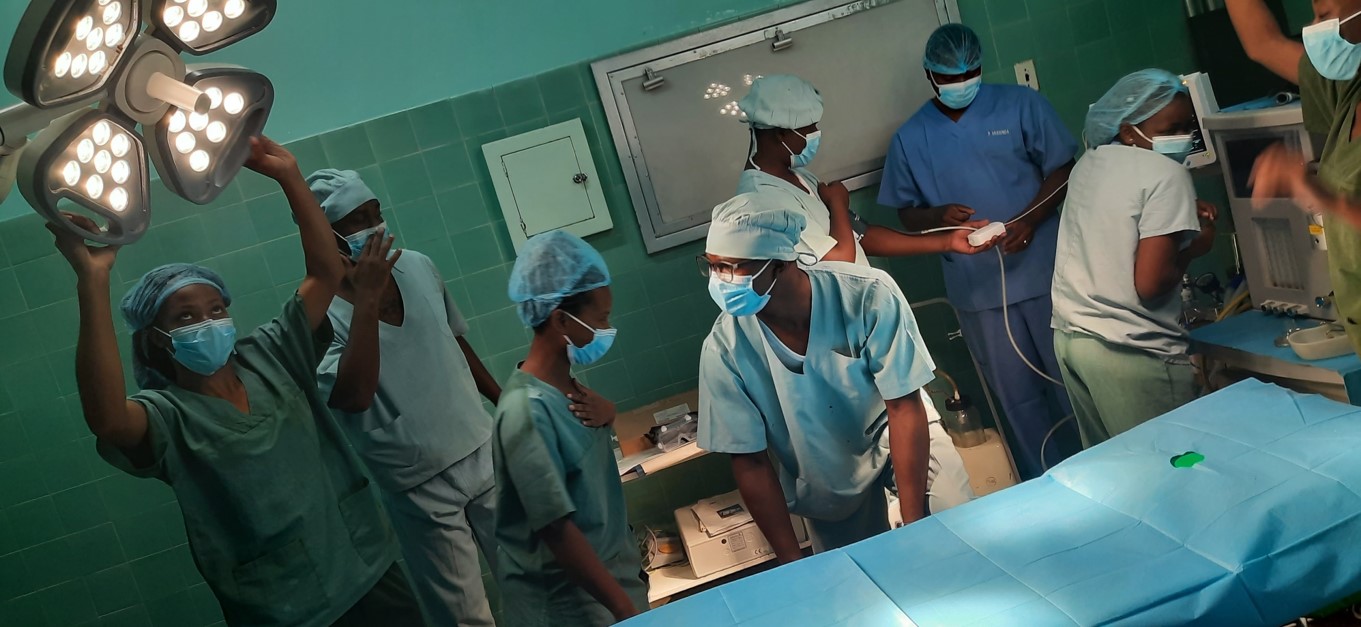
Operating Theatre
The School of nursing produces a high quality cadre that has been absorbed by both the local and international market. The cadres are drawn predominantly from the local community and Zimbabwe at large. The diverse social backgrounds, engaged learning, scholarly inquiry and clinical excellence result in a balanced nurse. Use of web-based and simulations technologies assist the nurse to be abreast with technological advances related in their professional practice of caring.
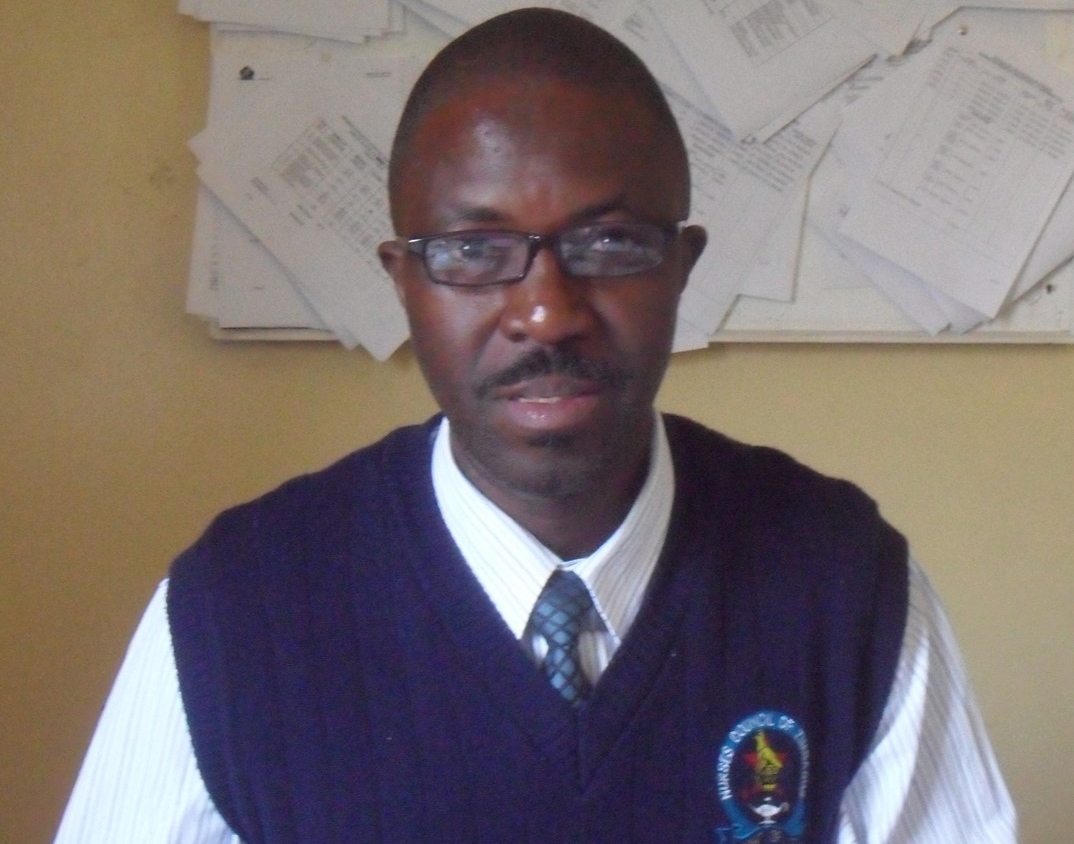
Principal Tutor
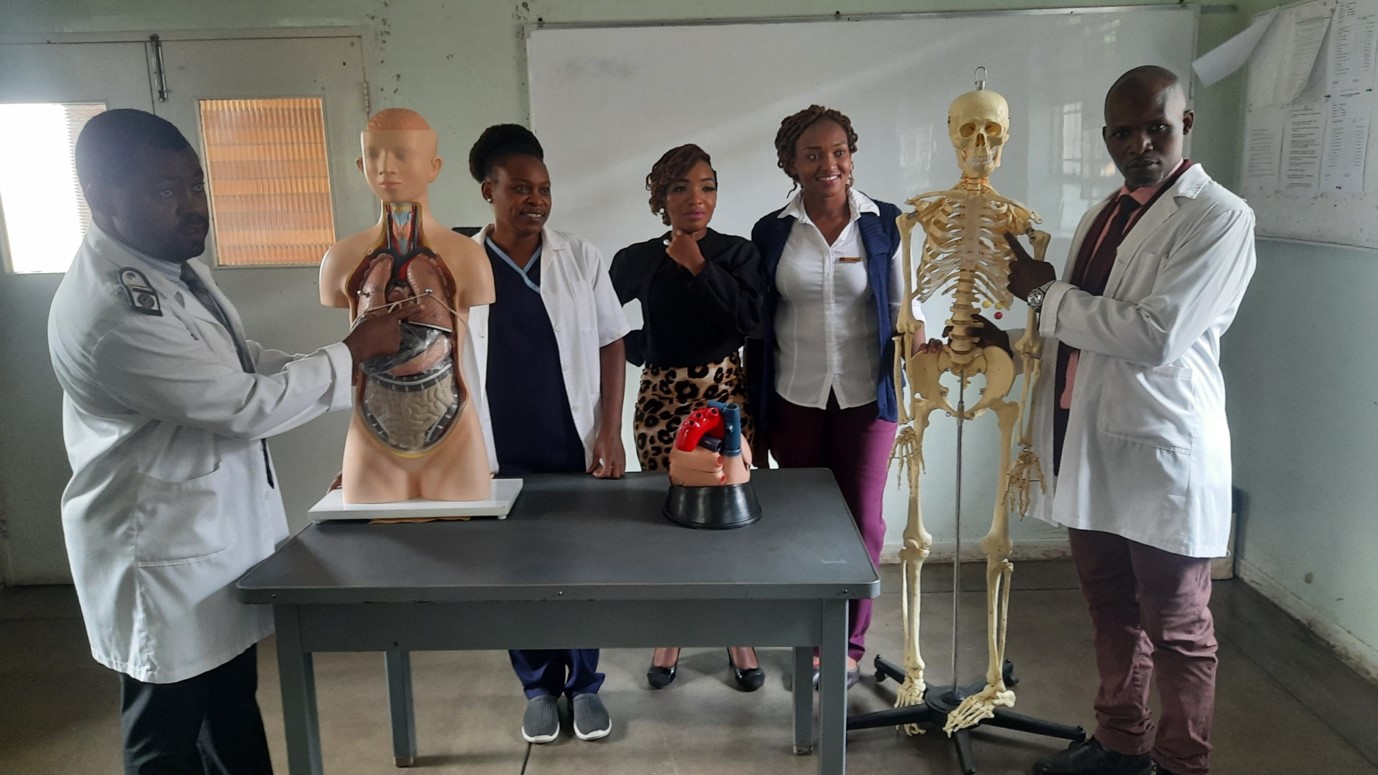
Nurse Tutors & School Secretary
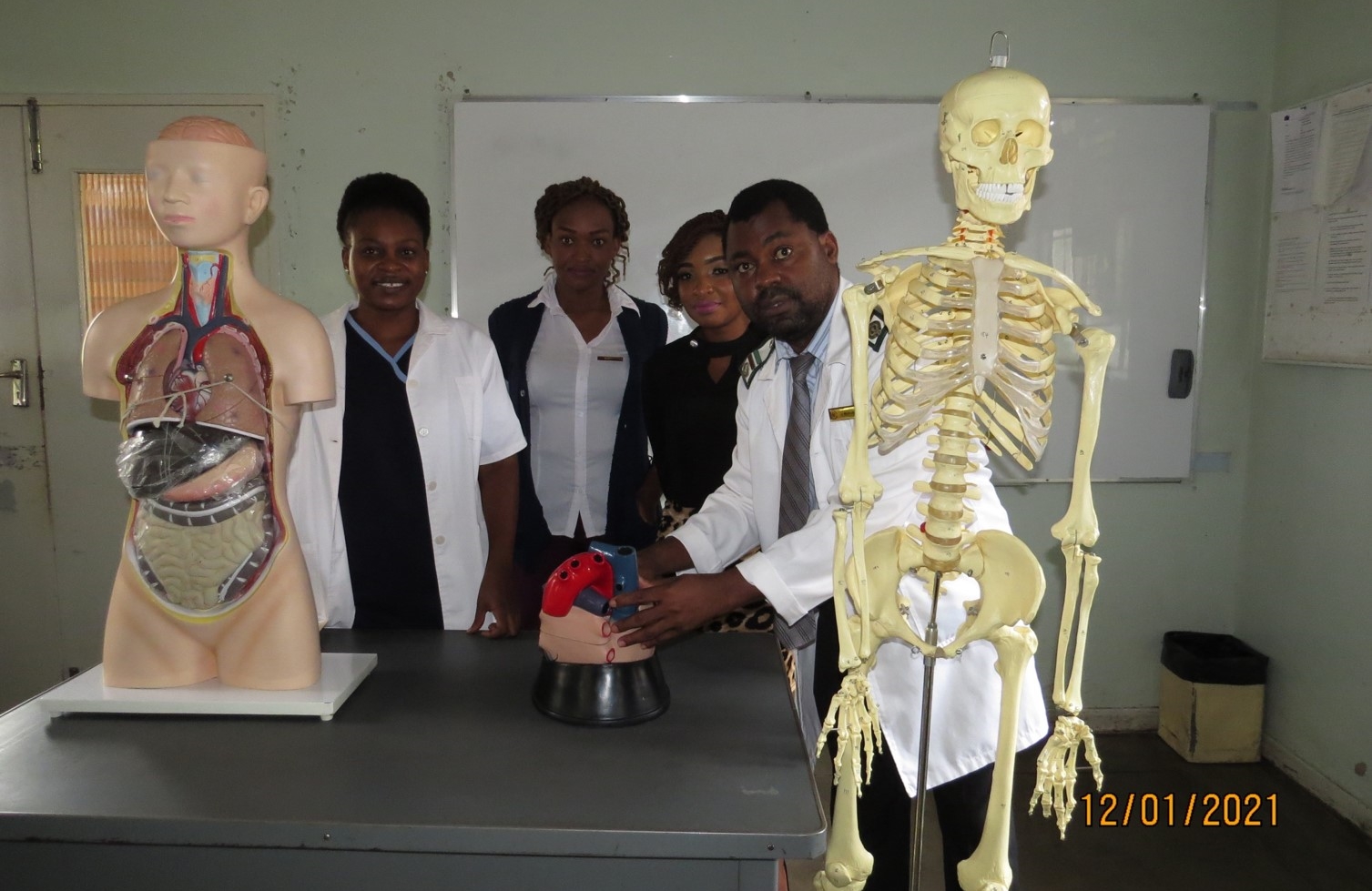
Describing structure of heart

First Aid Training
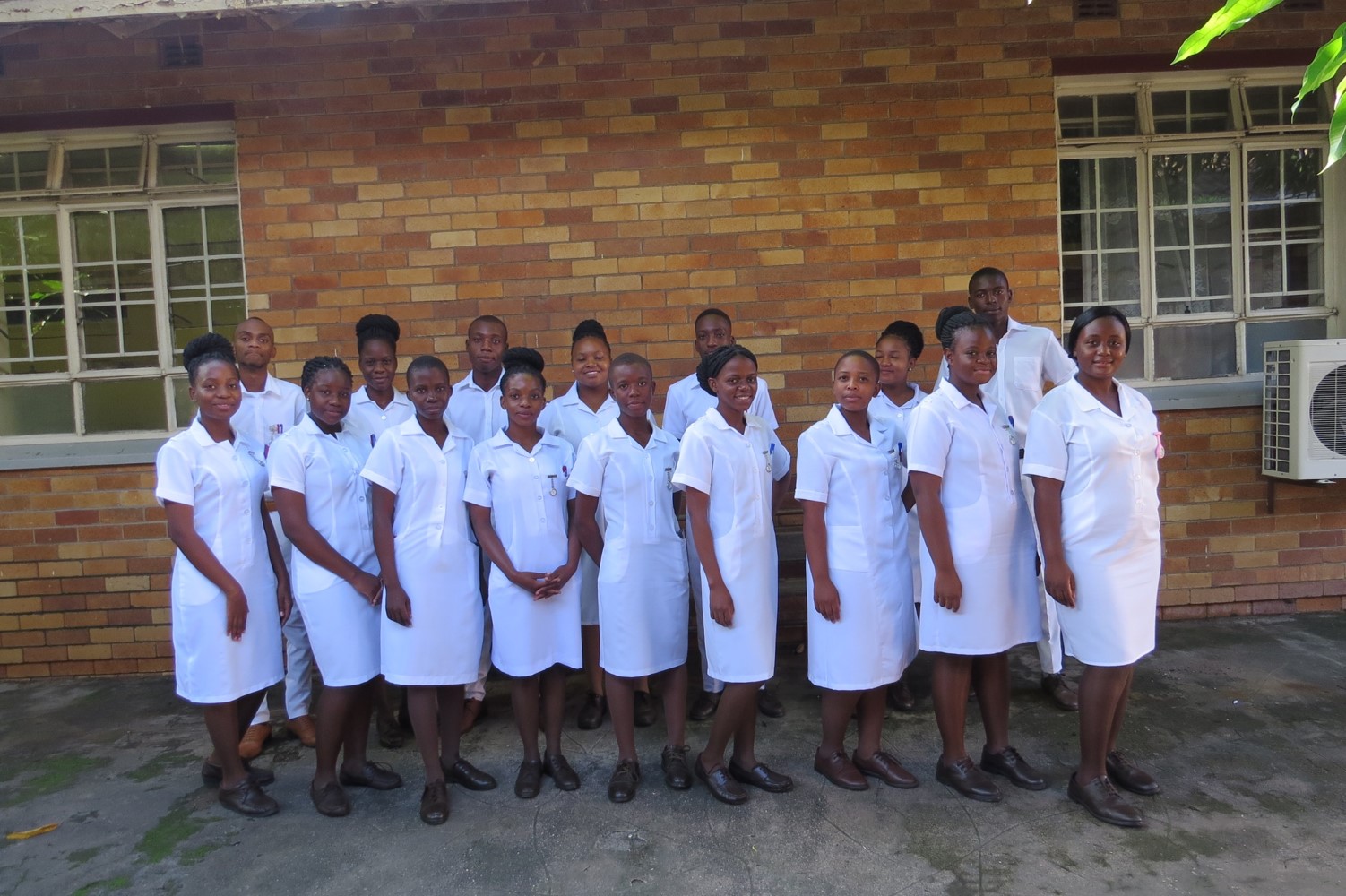
January A 2022
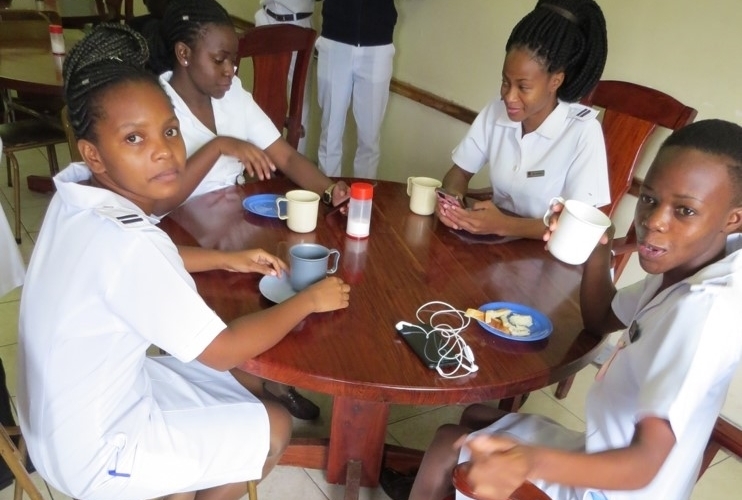
Tea Break
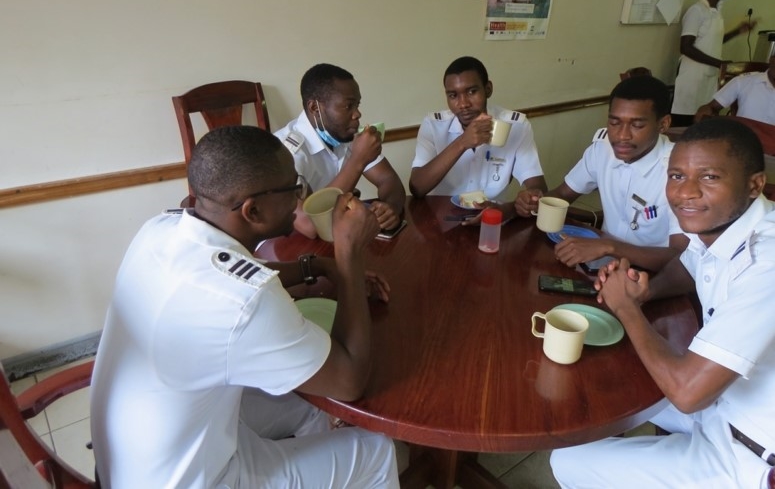
Tea Break
Medical Imaging
The section is responsible for medical imaging diagnostics in the hospital. The modalities available are general X-Ray and ultrasound scans. The section is also responsible for Electrocardiograms (ECG) in hospital. On available equipment there is Digital Radiography machine, analogue X-Ray machine, computer radiography processor, ultrasound machine and ECG machine.. Bigger percentage of the section work volume comes from occupational health chest X-Rays and injuries at \ work. Section workforce includes Radiographer and two Radiology Technicians.
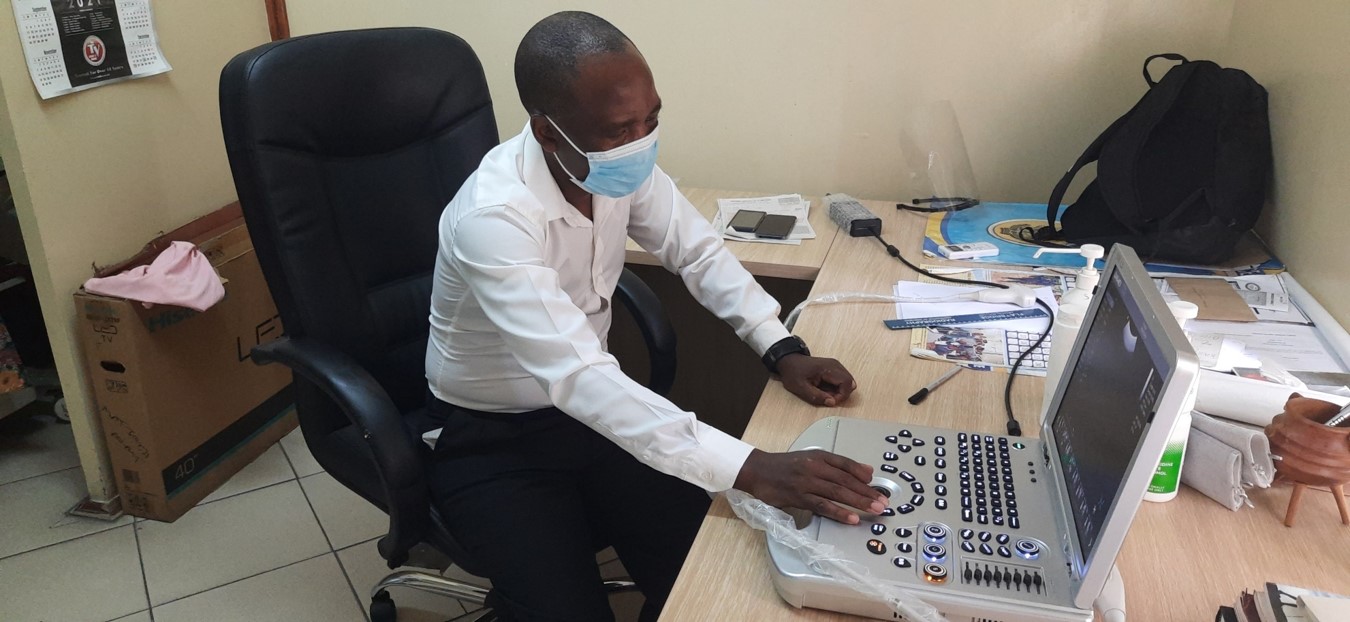
Radiographer

Radiology Technician
Laboratory

Laboratory
Physiotherapy
Physiotherapy caters for all sports injuries, musculoskeletal disorders, including women’s health issues. Neurological disorders, such as foot drop, peripheral neuropathy, stroke, paralysis and intractable pain can be managed using a combination of modalities, such as interferential therapy and manual therapy. Physiotherapy can be used to ease pulmonary congestion as well as assist patients unable to mobilise to gain some functional independence.
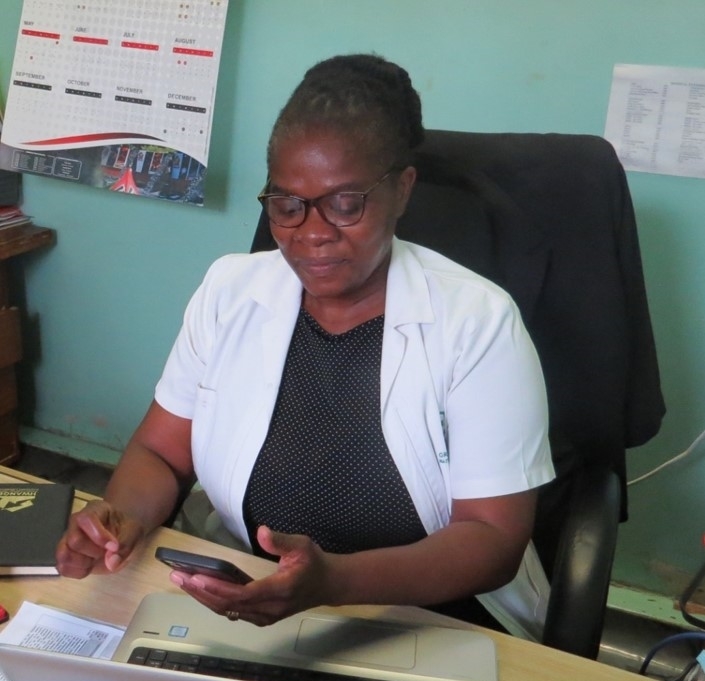
Physiotherapist

Treatment Area

Rehabilitation Technician
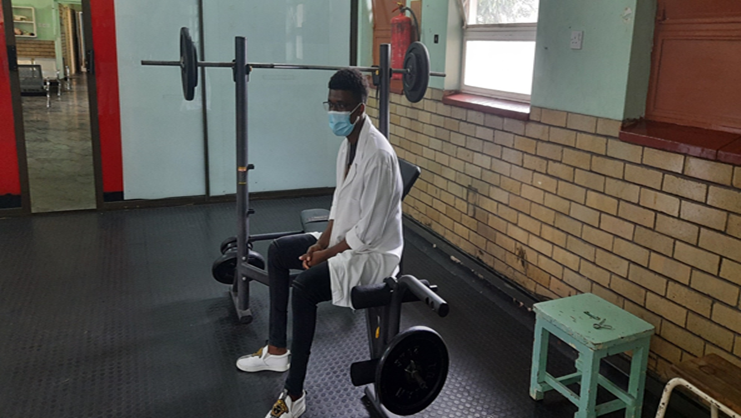
Rehabilitation Technician
Pharmacy
Headed by Mr Mapokotera whose responsibility is to ensure that supplies of both medication and sundries are available for smooth flow of medical service provision.
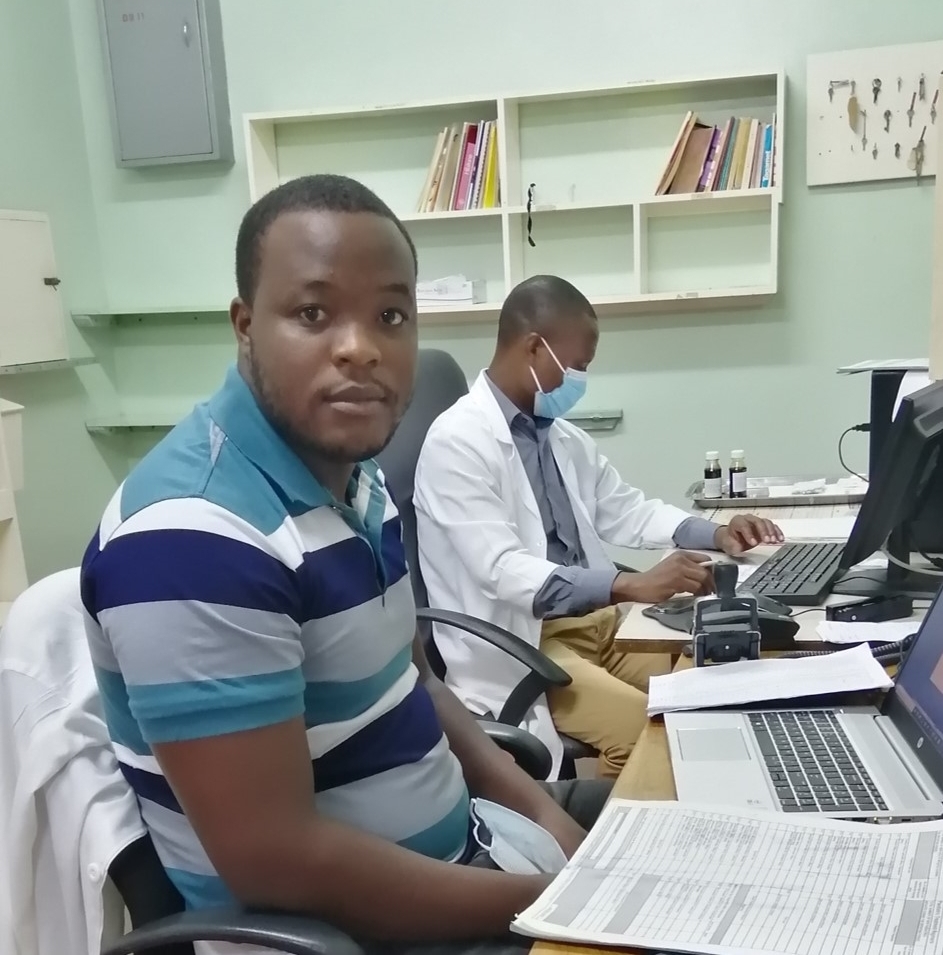
Senior Pharmacist
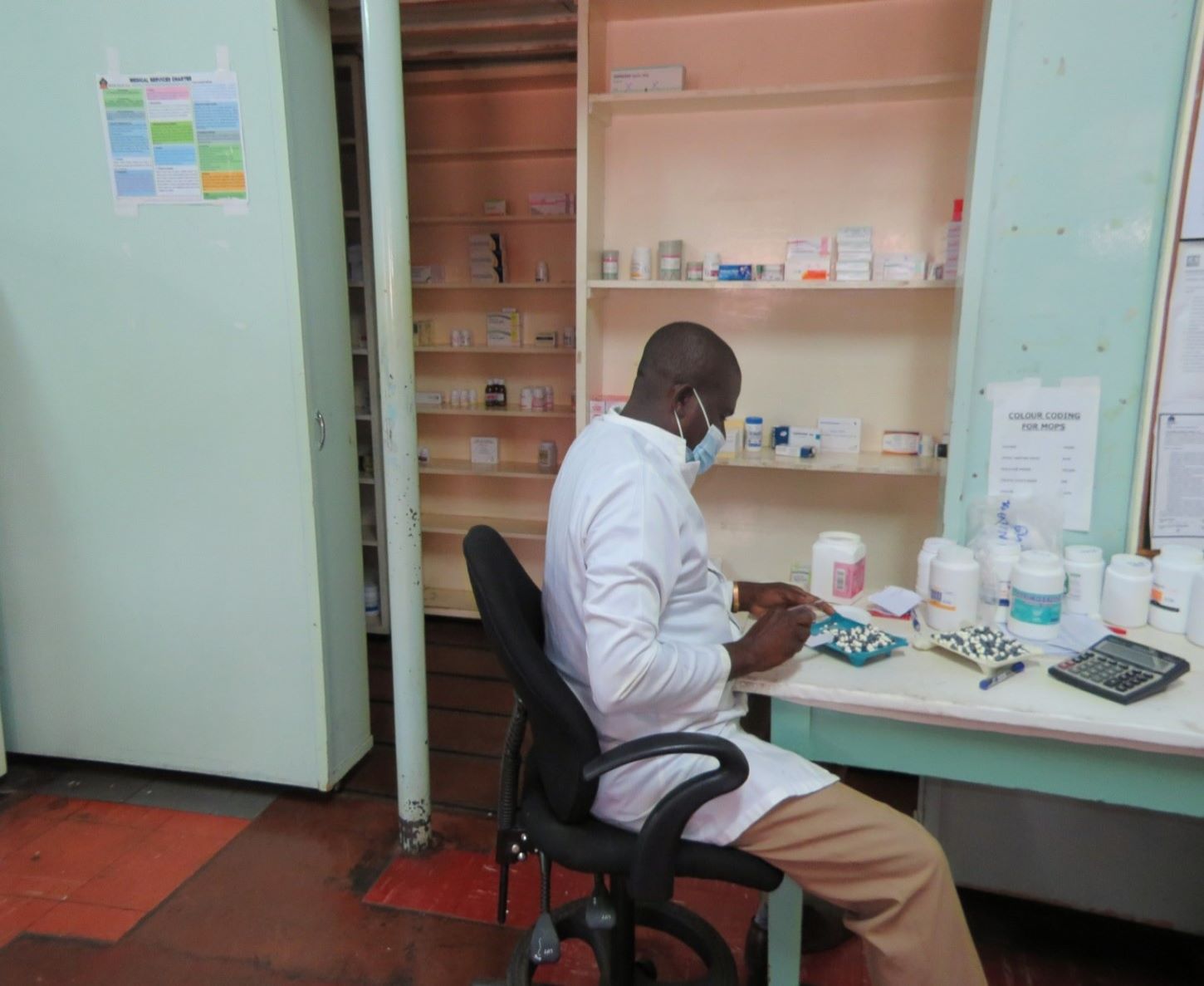
Packaging Medication

Pharmacy Team
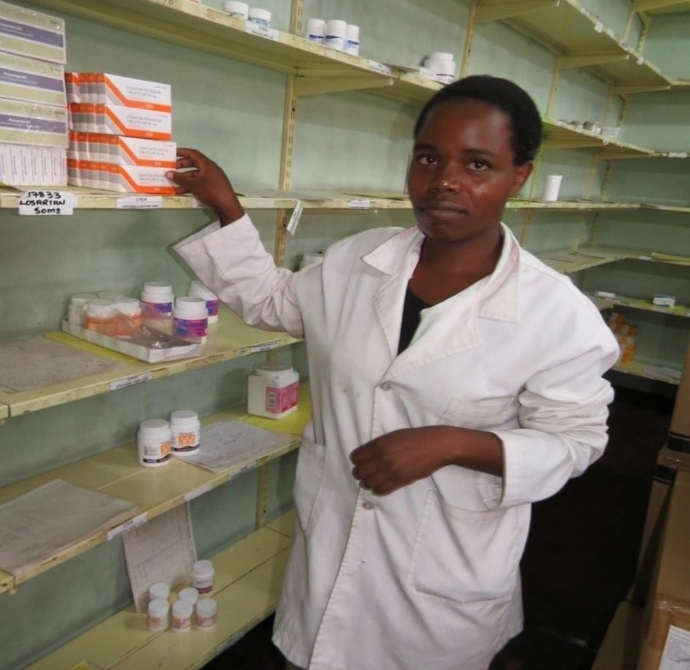
Dispensary Store Keeper
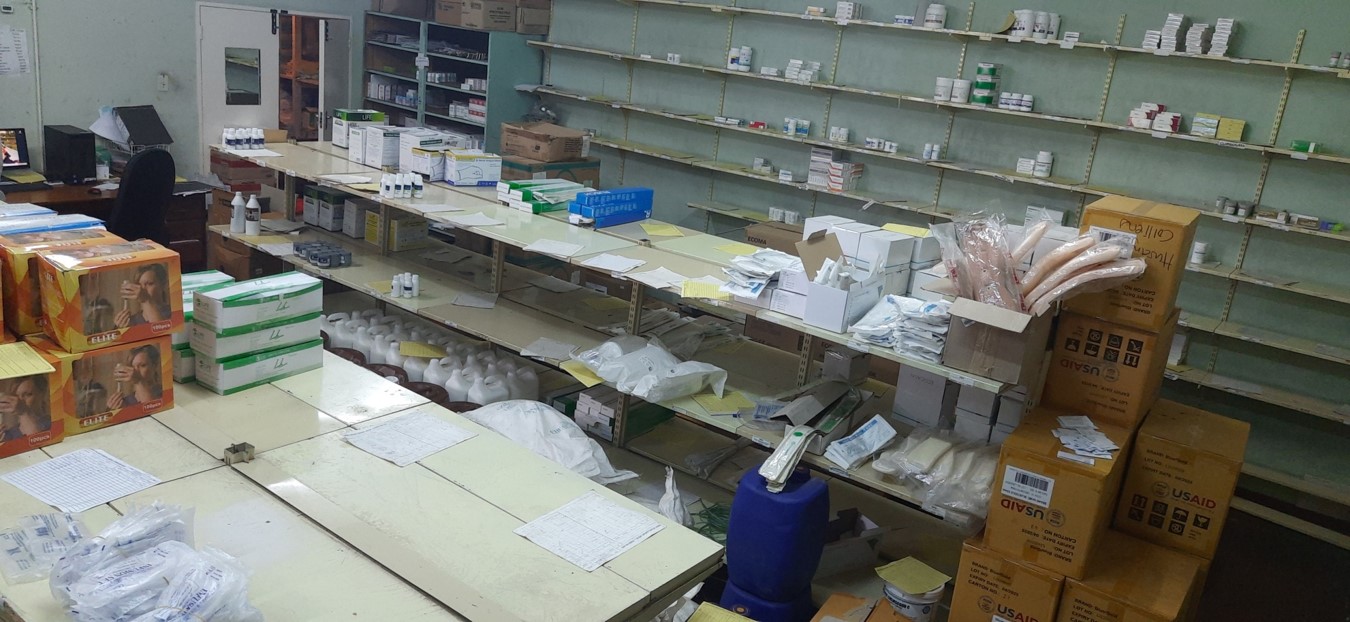
Dispensary Stores
Dental
Dentistry – The branch of medicine that deals with the diagnosis, prevention and treatment of the teeth and other structures of the mouth. Common procedures offered at our centre are Fillings –these are used to treat teeth that have cavities or decay. Tooth extractions –When a decayed tooth is too far gone to be saved ,it will be pulled out or removed under an anaesthetic injection. Scaling / professional cleaning of teeth – this is a time for cleaning of teeth and removing of plaque and tartar buildup. Artificial teeth- these a fabricated teeth which are used to replace missing teeth.
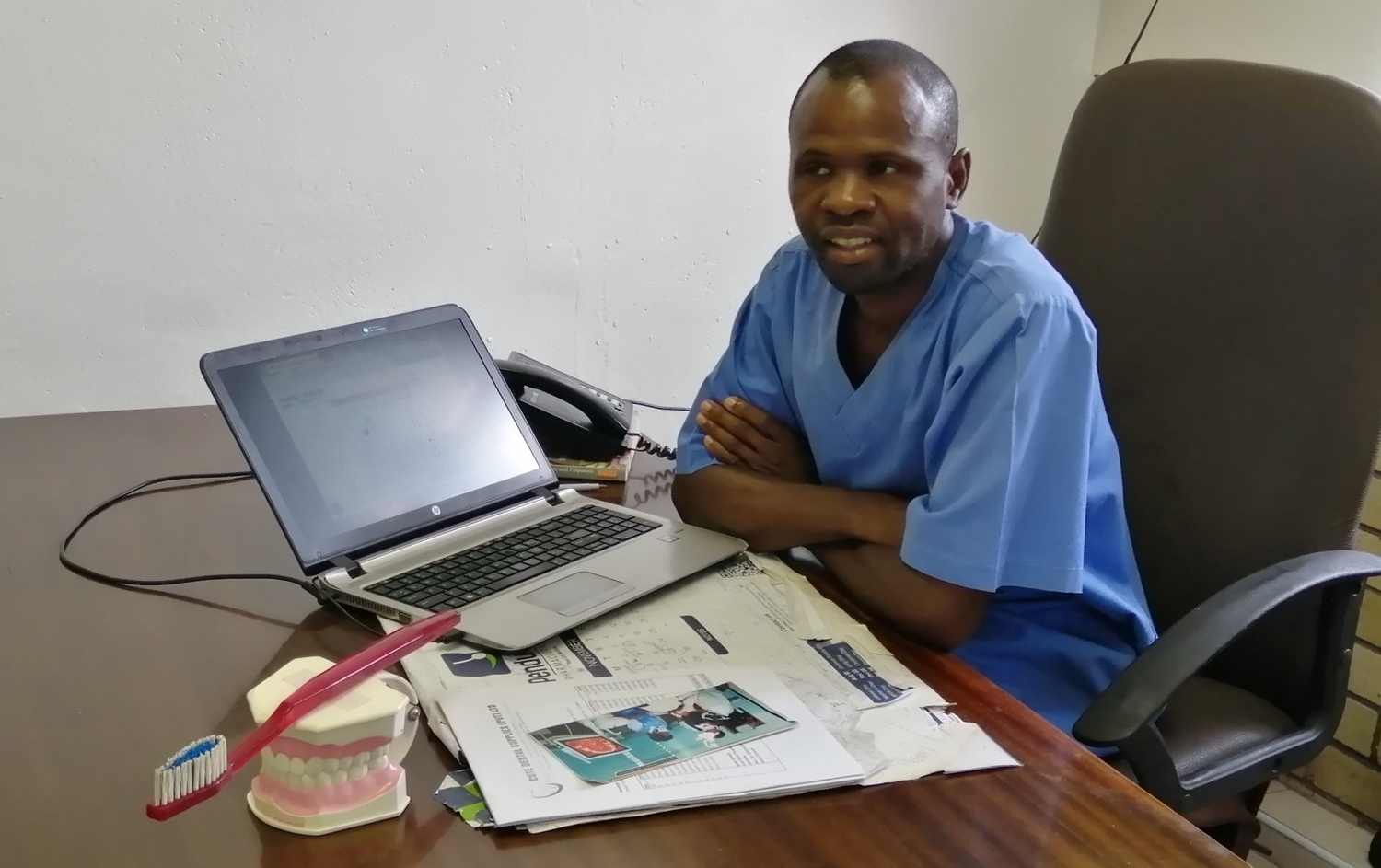
Dental Therapist
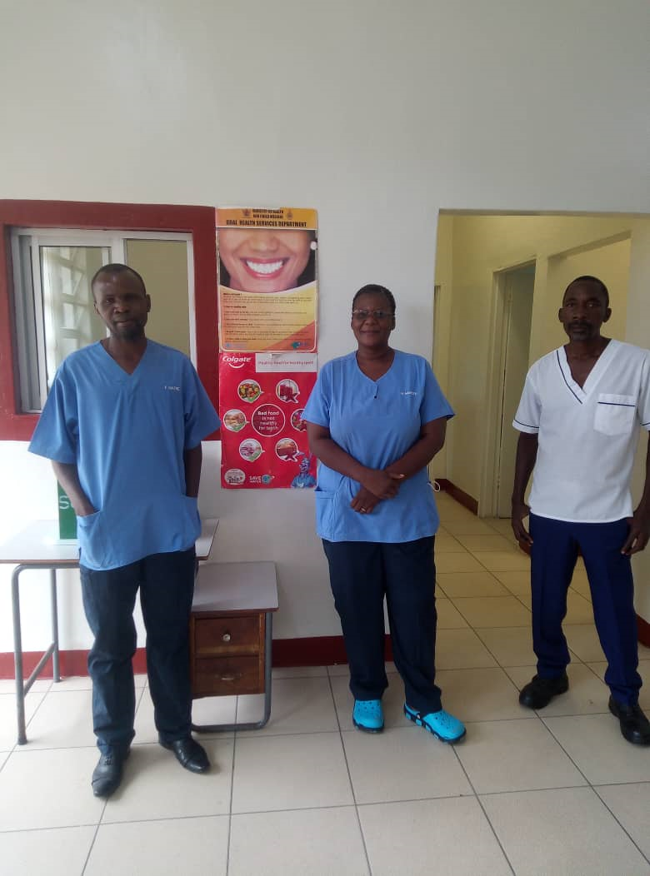
Dental Team
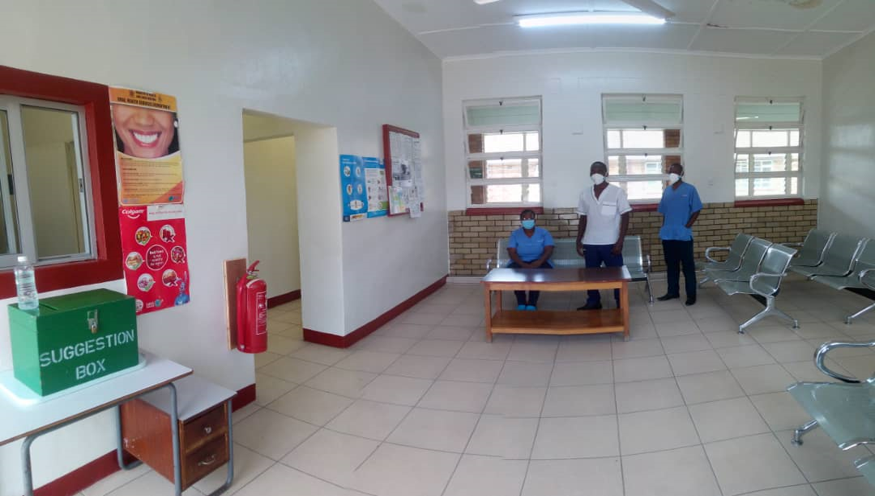
Dental Services
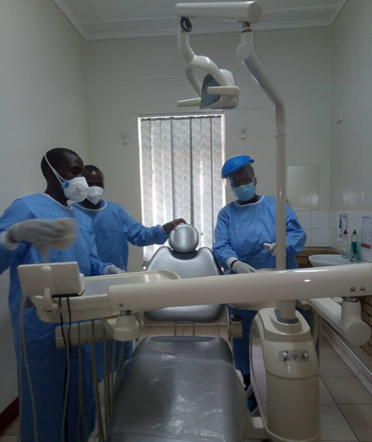
Procedure Room
Occupational Health Unit
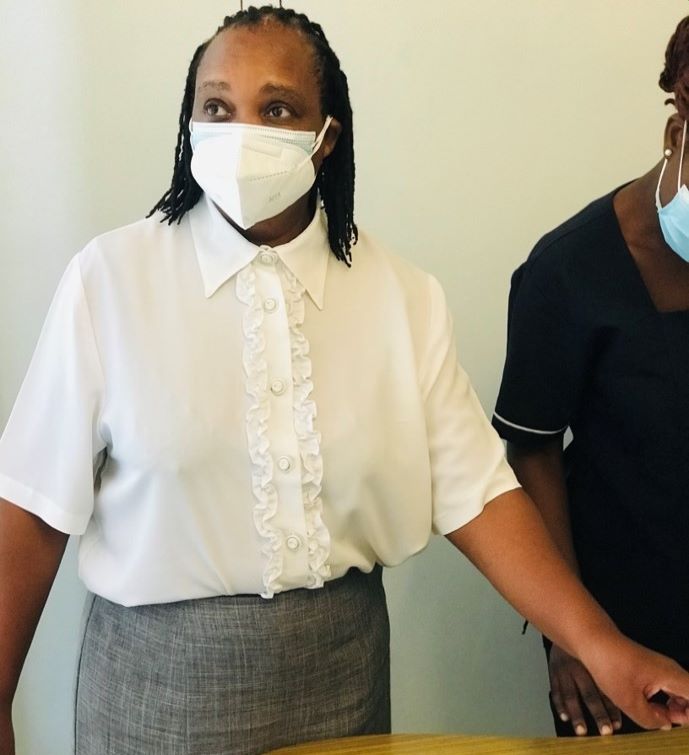
Occupational Health Officer
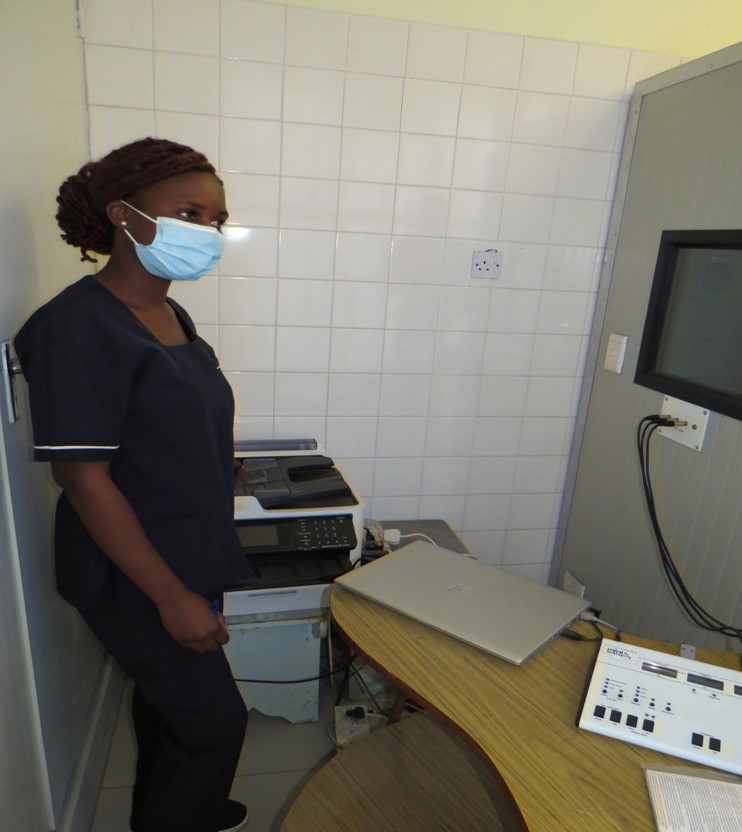
Perfoming XX test

OHU Team
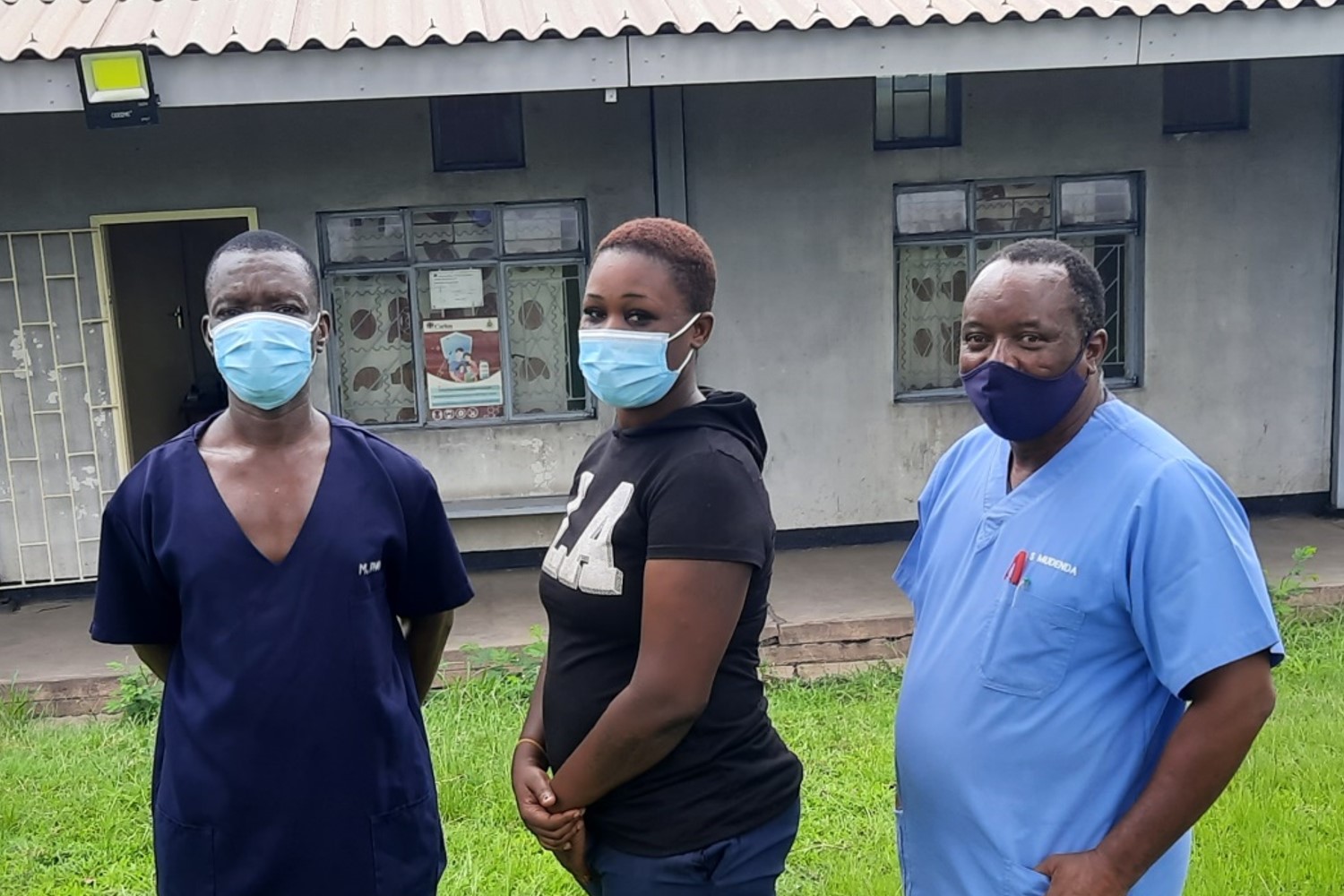
Opencast Dressing Station
Health services

Health Services
Medical Services Documents
- All
- Physiotherapy
- Administration
- Accounts
- Kitchen
- Mortuary
- Ambulance
- Dental
- School of Nursing
- Hospital Nursing
- Community Nursing
- Medical Imaging
- Pharmacy
- Medical Officers
- Occupational Health
- Public Health
- Medical Laboratory
- Anaesthesia
- VMMC
The procedure is on how; care, diagnosis, cure, comfort, and rehabilitation are rendered by the Nursing Services Sections to all patients under its care at Hwange Colliery Company Hospital.
This is a procedure on the control and prevention of health care associated infections in the Medical Services Division.
This procedure is put down to ensure the provision of efficient and effective Hospital Administration Services and sets the minimum standards that are expected by the Division.
This is a procedure outlines steps followed in the maintenance of the Medical Services Department’s books of accounts, financial control, and the reporting of divisional financial performance.
This procedure gives guidelines for health operations in the control of Occupational Diseases.
This procedure outlines action that will be taken in the event of any emergency occurring within or externally, but affecting the operations of the Medical Services Division.
To manage the dissemination of Health information that enables individuals and communities to be responsible for their health in a preventive, supportive, curative and rehabilitative manner.
A procedure on management of orders, goods receipts and goods issues as processed in the pharmacy.
This procedure outlines the steps taken by Medical Services Staff when counseling a patient/client.
This procedure elaborates on how the Medical Services Division identifies staff members and manages staff development.
A procedure on management of the process that is followed in the event of a medical worker, patient or any member of the public being accidentally exposed to HIV infective material within the clinic, dressing station or hospital premises.
The purpose of this procedure is to ensure that revenue is recognized for services provided by the Medical Services Division.
Dental Practitioner clinically checks and inspects the condition of teeth and the associated tissues inside and outside the mouth, plans and implements a program of oral care.
Management of the processes which occur during radiological production of a clinical image using x-rays and or ultrasound.
Management of the process of sample collection and analysis of human specimens and or samples made available for diagnosis, monitoring and screening of diseases in a safe manner to the worker and with no negative impact to the environment.
This procedure is on pneumococcus monitoring and surveillance programme done throughout the Company.
This is a procedure on the management of student recruitment for the General Nurse Diploma.
This procedure is on inventory management in the Medical Services Division.
The procedure is on the disposal of expired medical products in the Medical Services Division.
This procedure is on how the School of Nursing conducts the learning / teaching programme for General Nurse Training.
The procedure deals with how the Medical Services Division will diagnose and appropriately manage clients with HIV and AIDS suspected infections and complications.
The procedure describes how customer complaints/ suggestions are handled in the Medical Services Division.
To provide guidelines for the use of hand hygiene as the single most effective action in the prevention of transmission of infection. Hand hygiene includes both washing, use of adjunct alcohol based hand rubs, and the care of the skin of the hands and nails.
A procedure on the assessment of customer satisfaction through surveys carried out in the Medical Services Department.
This procedure describes the functions of a medical officer in the Medical Services Division within Hwange Colliery Company.
This procedure outlines actions that will be taken in the care of a patient prior to, during and after day case surgery.
This procedure ensures the provision of efficient controls to prevent the spread of TB in hospital settings.
The purpose of this procedure is to facilitate the timely and cost effective acquisition of spares, consumables and other Hospital process inputs.
The purpose of this procedure is to provide for the management of Clinical and medical waste generated from health facilities within the Colliery Concession in line with existing statutory requirements.
The purpose of this procedure is to facilitate the management of incidents involving injuries incurred on duty. These incidents include needle stick injuries, accidents at work, crush injuries and any other injuries involving body parts hurt during work.
The procedure ensures that Hwange Colliery Hospital is ready to respond to acute public health events and cater for patients and the community who are in need for emergency medical care, in a timely, consistent and efficient manner.
The purpose of this procedure is to ensure food hygiene and safety during handling, preparation, serving at all food premises in the Hwange Colliery Concession area.
To ensure that a new employee or locum, Attachee, graduate leaner to the Medical Services Division an appreciation of the Medical Services operations and the hazards and dangers involved in carrying out such operations so that they are able to conduct themselves in a safe manner Manner. These induction/orientation processes shall also apply for permanent employees who have been away on prolonged leave, locums, attaches and graduate learners.
This is a procedure on the Ebola Preparedness plan for Hwange Colliery Hospital.
To detect infections early thereby preventing spread of infections in the Medical Services Division.
The purpose of this procedure is to give guidance on the work processes to be carried out by a visiting dental practitioner at Hwange Colliery Dental Surgery.
To provide clear management protocols on conducting postmortems for confirmed, probable and suspected Covid-19 cadavers at the mortuary of the Medical Services Division of Hwange Colliery Company Ltd.
To guide the processes that must be fulfilled by visiting medical officers who wish to access our Colliery theaters for their private patients.
To ensure that a standard practice is followed when the Head of Division of Medical Services calls for Emergency or Ad Hoc meetings at short notice.
The procedure is on handling of all patients, staff and visitors presenting to Medical Services service points.
This procedure outlines steps followed in the maintenance of school of nursing generated funds and the reporting of the financial performance.
The purpose of this procedure is to ensure that all risks associated with the storage, use and disposal of chemicals within the Medical Services Division are controlled and managed.
This procedure states the steps taken when managing conditions that patients present with; which indicate physiotherapy/rehabilitation.
This procedure states the steps taken when managing conditions that patients present with; which indicate physiotherapy/rehabilitation.
This procedure lays down the process undertaken by the Medical Services Division in the event of an occupational accident. It defines how the Division reports the accident to NSSA. It enumerates the process undertaken to claim for service fees from NSSA and assists the employee to make a claims to the Worker-man’s Compensation Scheme.
The purpose of this procedure is to monitor the physical, mental and behavioural health of employees, through periodic medical assessments. Further, the procedure shall evaluate the working environment for its suitability to worker’s health through environmental impacts/risk assessments.
- All
- Physiotherapy
- Administration
- Accounts
- Kitchen
- Mortuary
- Ambulance
- Dental
- School of Nursing
- Hospital Nursing
- Community Nursing
- Medical Imaging
- Pharmacy
- Medical Officers
- Occupational Health
- Public Health
- Medical Laboratory
- Anaesthesia
- VMMC
How a patient is assessed to determine the diagnosis and treatment plan.
Describes how chest physiotherapy is conducted to relieve chest congestion.
Describes how exercises are conducted for patients whose function has been impaired.
Describes the different electrical modalities which are used for various conditions.
This work instruction describes how mobility appliances are prescribed and how patients are instructed in their use. It also describes the use of orthotic devices.
the work instruction describes how cold compress is applied to acute conditions.
This work instruction describes the different massage strokes and how they are applied to various conditions.
The work instruction describes how packages, letters, specimens and patients are ferried withing the Medical Services Division.
This work instruction describes the duties that are carried out by personnel manning the Front Office.
This work instruction details how personnel access and use the staff change room.
The work instruction details how the whole Division is kept clean.
The work instruction describes how food is produced and served in the hospital.
This work instruction details how food stock items are ordered, stored and withdrawn from storage.
The work instruction details how ambulances are dispatched for patient evacuation and how the standby trucks are requisitioned and used in the Division.
This work instruction enumerates how linen is laundered at the hospital laundry.
The work instruction describes the functions of the hospital sewing room in the manufacture and repair of linens used in hospital.
The work instruction describes how waste is handled by the Hospital Kitchen until its final removal from site.
This work instruction enumerates how the mortician preserves dead bodies while in storage and when they are dispatched for long range distances before final burial.
This work instruction details how dead bodies are received, stored and released to relatives.
The work instruction describes the functions of a hospital cook.
The work instruction details how endotracheal tubes are inserted in patients.
This work instruction details what the Anesthetist does before and after a patient is taken to theater for surgical procedures.
The work instruction describes how general anesthesia id administered to patients.
This work instruction describes how a spinal block is given to surgical patients in theater.
The document describes how the Community Nursing Services will vet and register all patients/clients presenting at Hwange Colliery clinics.
This work instruction describes steps taken by a nurse to come up with a diagnosis at initial contact, or at subsequent visits to determine if the patient is improving or not.
The work instruction describes how the community nursing department will render care to all pregnant clients during antenatal booking.
The work instruction describes how the Community Nursing Services will plan and implement appropriate care to its clients/patients.
The work instruction describes how the Community Nursing Section will provide service to all clients in need of family planning.
This work instruction describes steps that will be taken to ensure drug accountability and security.
The work instruction describes how cash paid by cash Clients to the Community Nursing Department is counted, reconciled, receipted and collected for banking Hospital by Accounts.
This document describes how the Community Nursing Services will react to power outage and preserve the cold chain to maintain the integrity of vaccines.
This work instruction describes how dried blood spot specimens are collected in the clinical area to assist in the diagnoses care and treatment of an infant.
This work instruction describes how dental clinical examinations will be done for all patients seeking dental services at Hwange Colliery Company Hospital.
This work instruction describes how infection prevention and control for oral health care will be carried out at Hwange colliery hospital dental surgery.
This work instruction describes how a tooth extraction will be done at Hwange Colliery Hospital dental surgery.
The work instruction describes the way in which a tooth is restored to its normal function by way of a tooth filling procedure on all patients presenting to the Hwange Colliery hospital dental surgery.
The work instruction describes the way in which dental patient records will kept and secured at the Hwange Colliery Hospital.
The purpose of this work instruction is to provide the criteria through which sterile packs will be handled and stored at Hwange Colliery Hospital Dental Surgery.
The purpose of this work instruction is to provide care and management of a post dental extraction haemorrhage to all patients presenting at Hwange Colliery hospital dental surgery.
The purpose is to provide criteria for working procedures on pit and fissure sealants for the clients seen at the Hwange Colliery Hospital Dental Surgery.
This work instruction describes how care and maintenance of dental instruments will be done at Hwange colliery dental surgery.
To ensure speedy retrieval of discharged patients’ notes for patients review, retrospective analysis and continuation.
To ensure efficient vetting of prospective patients to determine their eligibility to access services using medical insurance, or other forms of consideration.
To ensure that amounts due from patients are effectively collected and receipted. To continually monitor patients’ deposits versus their accounts so that patients continually top up on their payments and do not end up owing the hospital.
This working instruction describes the process of checking of claims for veracity prior to dispatching the claims to Medical Aid Society/ Health Funders.
This working instruction describes the process of analysis of debtors’ payments and their remittance advises attached to payment for service. The reconciliation to look at whether the debtor has paid the bill in full and if not the reason for short falling. Where short falls arise, to determine the person/s responsible for making good such balances.
To explain the handling and processing of Medical Aid Claim Forms by Medical Services staff inclusive of Service Providers and Accounts staff in the Medical Services Division. To improve the rate of movement of forms to Medical Funders and reduce claims rejection rate
To ensure that cashbooks are properly maintained in line with Generally Accepted Accounting Principles
To ensure that all receipts are posted in the Ellipse system.
To ensure that adjustment credits on customer accounts are posted in the Ellipse system
To ensure that a detailed age analysis is extracted from the system for further analysis on a monthly basis.
To ensure that creditors transactions in the MEDD ledger are validated using the Suppliers’ records.
To ensure that budgeting & variance analysis are performed in line with Generally Accepted Accounting Principles.
To ensure that monthly management accounts are prepared as per calendar to enable timely decision making.
To ensure that issues of non-conforming supplies and price variances are addressed systematically.
To biometrically enroll patients and ensure timely submission of accurate claims to medical aid societies that have the relevant EDI facility.
This work instruction describes the control of vector and household pests in Company Premises Residential areas, trading and non-trading premises.
This work instruction gives guide lines for the snake handling team in translocation and controlling of intruder snakes.
This work instruction describes how treatment seeking time survey is done in the Medical Services Division.
To describe the manner in which meat is examined for pass for human consumption. This involves the postmortem inspection of bovine, porcine, sheep, goat, poultry and other related wild animals.
To describe the manner in which measly meat is treated so that it is suitable for human consumption..
To describe the manner in which condemned meat is disposed of so as to safeguard public health.
This work instruction describes how a Bacteriological water Sample is done in the Medical Services Division.
The purpose of this Work Instruction is to describe the safe procedure for cleaning a Compression Sprayer.
The purpose of this Work Instruction is to describe the safe procedure for operating a Compression Sprayer.
To describe the manner in which a Compression Sprayer is maintained so as to enhance the Sprayer Operator’s safety and increase the Compression Sprayer’s life span and efficiency.
The purpose of this work instruction is to describe the manner in which the Microbiological Swabbing is conducted so as to determine the microbiological contamination on food handlers’ finger nails, palms, equipment and working surfaces.
This work instruction gives guide lines for the inspection of building plans.
The purpose of this Work Instruction is to describe the safe procedure for operating the Fire Arm for Vermin Control. .
This work instruction describes how a Chemical Water Sample is done in the Medical Services Division.
To guide the safe handling bodies of deceased persons who have died of suspected or confirmed with COVID-19 and prevent transmission of the SARS-CoV-2 virus to healthcare workers, family, the community and the environment.
1. To reduce the generation of waste at Medical Service Division i.e. waste minimization strategies. 2. To maximize the collection of solid waste with a view of averting land, water and air pollution. 3. To provide information and guidance to the Medical Services Division with regards to waste management 4. To minimize the environmental, health, social and economic impacts of hazardous waste generation and management.
To ensure that all outbreak response is immediate and appropriately carried out. This includes investigation, verification/confirmation, management of cases, improved reporting system and appropriate control measures are put in place.
The Work instruction describes how health care workers in the Medical Division receives a patient or client into the system.
The Work instruction describes the care rendered to antenatal and postnatal mothers by the midwife.
Work instruction describes how expanded programme of Immunization Services is implemented in the Outpatient Department and Clinics.
To obtain demographic data and record on patient admission form and book.
The work instruction describes how an Registered General Nurse obtains objective and subjective data from the client that will facilitate Nursing care plan.
The work instruction describes how the Registered General Nurse obtains subjective and objective data. Performs a head to toe examination on the patient in order to identify patient’s problems and come up with solutions.
The work instruction describes how Medical Services Division will render intensive patient care to all patients in the Intensive care unit. This refers to medical treatment provided to patients with acute life-threatening illnesses or injuries.
The working instruction describes how the midwife in the maternity ward renders care to a preterm or sick baby
This work instruction describes how the midwife discharges the patient.
The work instruction describes how the midwife facilitates the safe arrival of the baby.
The work instruction describes how a midwife examines a mother post delivery.
The work instruction describes how the Registered General Nurse will discharge a patient.
To ensure that disinfectants, detergents and sanitizers are handled and used properly.
To disseminate information which will enable individuals to be responsible for their health in a preventive, supportive, curative and rehabilitative manner.
The instruction outlines the steps taken by medical staff when counseling a client.
To disseminate information which will enable individuals to be responsible for their health in a preventive, supportive, curative and rehabilitative manner.
This work instruction offers directions of systems on how packing and sterilization of packs is carried out in CSSU.
This work instruction describes how the O.I. Clinic receives a patient/client into the system.
This work instruction describes how the unconscious patient is recovered in the Recovery Room post-operatively.
This work instruction enumerates the steps that should be taken at all times when patients arrive in theatre for surgical procedures.
The working instruction describes how Visual Inspection with Acetic Acid and Cervicography is done with the view of early detection of cervical cancer.
The working instruction describes how ice cold gas is applied to destroy pre-cancer cells on the cervix.
To ensure a system is in place for effective decontamination of all patient care equipment used for and between each patient and that risks associated with decontamination facilities and processes are properly managed.
To reduce the risk of infection to health care workers by ensuring adequate and proper donning of personal protective equipment when caring for COVID-19 patients.
To reduce the risk of self-contamination by healthcare workers when removing personal protective equipment used in the care of COVID-19 patients.
To minimize the risk of transmission of COVID-19 while handling linen used in the care of suspected or confirmed COVID-19 patients.
To ensure that all parts of the hands and forearms are cleaned thoroughly before any surgery is carried out.
To reduce risk of transmission of SARS-CoV -2 virus- the organism that causes COVID-19 disease including other pathogens such as Tuberculosis, Measles and influenza that may be generated from the respiratory tract of infected individuals (patients, health workers and visitors).
To ensure a system is in place for effective decontamination of all patient care equipment used for and between each patient and that risks associated with decontamination facilities and processes are properly managed.
This working instruction is on Emergency Theatre Cases done by Medical Officers.
This working instruction is on Elective Theatre Cases done by Medical Officers.
This working instruction is on Emergency Ward Rounds done by Medical Officers in the Private Wards.
This working instruction is on Ward Rounds done by Medical Officers in the Private Wards.
This working instruction is on Bedside Procedures done by Medical Officers in the Private Wards.
The work instruction describes the management of road traffic accident victims that present at Hwange Colliery Hospital.
The work instruction describes the dispensing process in the pharmacy.
This work instruction describes how Salicylic Acid ointment is manufactured.
The work instruction describes how stock take is done at Pharmacy.
The work instruction describes how bed making is carried out to enhance the patient’s comfort and prevent spread of infection.
The work instruction describes how a bed bath is done.
The work instruction describes how mouth care is carried out.
The work instruction describes how a Paul’s tubing is applied.
This work instruction describes how a patient is assisted with toileting.
The work instruction describes how patients are assisted during meals.
The work instruction describes how bathing of babies is done.
This work instruction describes the last services performed for the patient who has rested in peace.
The work instruction describes the conduct of administration of oral medications.
The work instruction describes the administration of injections.
The instruction states the conduct of wound dressing.
The instruction describes the storage and administration of controlled / dangerous drugs.
The instructions describe the method of applying a roller bandage.
The work instruction explains how adult patients are admitted via main out patients and senior out patients during working hours or directly into the ward after hours.
The work instruction describes how to monitor fluid gained and lost from the body.
The procedure describes how tepid sponging is done.
The work instructions describe changing of baby napkin.
The work instruction describes how to give an enema.
This work instruction describes how to administer blood and blood products.
This work instruction describes how blood specimens are collected in the clinical area to assist in the diagnoses care and treatment of a patient.
The work instruction describes how Neurological Observations will be carried out on adults.
The work instruction describes how catheter care and cleansing will be carried out on female and male clients.
The work instruction explains how the observations of the vital signs are carried out.
This work instruction describes how to administer nasogastric tube feeds.
This work instruction explains how a bowel washout is done.
The work instruction describes how gastric lavage is done at Hwange Medical Services Department.
The work instruction describes how to pass a nasogastric tube at Hwange Medical Services Department.
The Work instruction describes how urinary catheterization is carried out on female and male patients to enhance the patients’ comfort, care and treatment.
To ensure that a standard practice is followed when the Medical Services facilities – in this case the Recreation Hall and the Conference Center are let out to Government Organisations or Departments, Private Individuals, Corporate bodies and Non-Governmental Organisation either for free or for a consideration in the form of fees.
The work instruction describes how bed making is done to enhance patient comfort and prebvent spread of infections.
Describes how to bath patients.
Describes how mouth care is conducted.
Describes how Paul's tubing is applied to patients.
Describes how toileting is done for patients who need assistance.
Describes how patients are assisted to feed.
Describes how babies are bathed.
Describes how the last offices are conducted on deceased patients in the wards.
Describes how oral medicines are administered to patients.
Describes how to administer injections to patients.
Describes how to perform dressings on patients.
The instruction describes the storage and administration of controlled / dangerous drugs.
Describes how a roller bandage is applied.
The work instruction describes how to monitor fluid gained and lost from the body
Describes how tepid sponging is performed.
Describes how to change napkins on babies.
The work instruction describes how to give an enema.
Describes how blood and blood products are administered to patients.
Describes how to admit an adult patient in the wards.
Describes how to safely collect blood specimens from patients.
Describes how to conduct neurological observations.
Describes how to conduct catheter care.
Describes how to check patient's vital signs.
The instruction describes how to feed patients using a nasogastric tube.
Describes how to conduct bowel washout.
Describes how gastric lavage is performed.
Describes how to pass a nasogastric tube.
Describes how urinary catheters are applied on patients.
The work instruction describes how to pre-test clients who seek medical male circumcision and how the counseling is done.
The work instruction describes how an informed consent is obtained from a client before VMMC procedure is carried out.
The work instruction puts in place the system to ensure that clients always get commodities needed to undergo VMMC.
The purpose of this work instruction is to clearly spell out the steps that are taken in the process of capture from clients onto pre-prepared documents that have to be filled in systematically and with uniformity for reporting and future reference.
The work instruction describes how surgical circumcision is performed for clients seeking VMMC.
The work instruction describes how genital examination and screening is done for clients seeking VMMC
- All
- Physiotherapy
- Administration
- Accounts
- Kitchen
- Mortuary
- Ambulance
- Dental
- School of Nursing
- Hospital Nursing
- Community Nursing
- Medical Imaging
- Pharmacy
- Medical Officers
- Occupational Health
- Public Health
- Medical Laboratory
- Anaesthesia
- VMMC
A form used to capture pre0payment for services to be rendered at a future date, e.g. for maternity services.
Form used to capture all patient payment details and ensure that necessary deposits are paid prior admission.
Admission form used to capture all patient details and presenting complaints, doctor's orders and treatment plan.
The form used for admitted patients to capture all procedures done.
The admission register on which patients placed in isolation at Cinderella are captured.
Form used to requisition for ambulance services.
This for is used to keep a tally on all sundries and medicines used while a patient is having a procedure done in theatre.
The form is used to capture demographic and clinical data for those patients who present after 1600 hours at Hospital. These require outpatient services and not admission.
The form is used by personnel in the Ambulance service to account for mileage and any other sundries or medicines used while patient is on board the ambulance.
This form is used to request for ambulance services. It helps the personnel account for all trips and update their mileage accurately. It also ensures that appropriate authorizations are given before the ambulance leaves the parking bay.
The checklist is used by Ambulance Drivers daily to ensure the integrity and road-worthiness of the ambulance.
The form is used by Anaesthetists when the do their routine checks on the readiness of the anaesthetic machines.
This is the form where clinical information is logged on by Anaesthetists as they put a patient to sleep, until the patient is deemed fit to return to the ward.
This is the form that all patients or their guardians are required to give written consent to having blood transfused on them or their minor relatives.
This form is used to capture the results of how well autoclaved packs have been sterilized.
This form is used by the operating surgeon to track the well-being of both mother and baby during delivery by C-Section.
This is the form that any visitor, patient or client can use to record a complaint, suggestion or compliment.
This is a form on which the dentist will record critical clinical information about a patient.
this form is used to check or verify is the minimum infection prevention and control measures are in place at any one time in the Dental Surgery.
This form is given to discharged patients and on it will be critical care instructions and a summary on what was done on the patient while admitted.
It is on this form that the nursing staff records dietary requirements for admitted patients per feeding time. this form then informs Hospital Kitchen on what the expectations are for the patients.
The Health Officer or EHT will use this form to formally notify Ministry of Health of notifiable diseases, such as Covid-19, Ebola, Cholera, etc.
The Pharmacy staff keeps a list of all expired goods/drugs and separates them from other stock. These are then disposed after authorization has been sought from the Chief Medical Officer.
This is the form on which prescribed drugs for inpatients are charted by Registered General Nurses.
This chart tracks whether or not cleaning has been done in any particular work station in the Medical Services Division.
It is upon this form that patients on intravenous fluids have the type, quantity of fluid being given is logged. It also records how much patients lose through urination, vomiting, etc.
This form records the number and duration of fits for patients experiencing seizures.
The form records the personnel who handle food and whose medical fitness has been ascertained by a Medical Doctor.
The form record food that has been inspected and details that the items are fit for human consumption.
The form is used to determine any infection prevention and control parameters that are been met or flaunted in a health facility.
The form is completed in those situations that patients refuse to be admitted against medical advice.
The form is used to capture internal and external trainings that Health Care Workers undertake. It helps tack CPD points accrued in any given year.
This is a consent form that is completed prior having voluntary medical male circumcision.
The form is used to track the pulse, temperature, respiration and blood pressure of admitted patients.
The form is used to monitor the level of consciousness of patients with poor level of wakefulness, such as head injured patients.
The form is used to track temperatures in all fridges where medicines and reagents are stored.
The form is used in theatre to track sundries and medicines used and apportion a charge for each item consumed.
The form spells out the instructions that operated patients must observe for set periods. This is to assist their recovery.
The form captures important parameters after a mother has delivered a baby/babies, to assist the midwives to monitor and react appropriately to any adverse events.
The form captures the lung volumes noted upon forced expiration. It assists detect any abnormal lung volumes.
The appointment slip is given to any patient whose Physiotherapy may take long. It assist the patient supervisors to release patients for therapy.
The form is used to monitor medicines and sundries used in emergencies. the health personnel check for expired items so that they can be withdrawn and for used up items so that they can be replenished.
